 Abraham Lincoln
If given the truth, the people can be depended upon to meet any national crisis...
Abraham Lincoln
If given the truth, the people can be depended upon to meet any national crisis...
 Guildford news...
for Guildford people, brought to you by Guildford reporters - Guildford's own news service
Guildford news...
for Guildford people, brought to you by Guildford reporters - Guildford's own news service
Birdwatcher’s Diary No.147
Published on: 22 Oct, 2017
Updated on: 22 Oct, 2017
By Malcolm Fincham
Breaking free from the battleship-like chains that hold me so dear to Surrey, an opportunity came my way when most of our migrating birds had passed though the county on their journey south.
A tale of two Scillies might be an apt title for this report. It was the second opportunity in just a few years to visit the Isles of Scilly.
The islands are held in high esteem by many birdwatchers hoping to add a few rarities to their sightings, especially during October.
A small diversion en-route to Penzance took us on a visit to Davidstow Airport in Cornwall.
Although no longer used as a runway (since the Second World War), we found ourselves having to remain discreetly out of sight as cameras rolled on the set of an upcoming movie The Kid Who Would Be King. It is a ”period” adventure, but I’m not sure three birdwatchers with binoculars would suit!
Our target species was a buff-breasted sandpiper that we eventually found by the runway, hopefully out of sight to the film maker’s cameras, though close to where the filming was taking place.
Leaving Penzance the following morning on the Scillonian Ferry we spotted an eider duck, a nice addition to my ‘year’ list.
I took time to look back on the sights I recognised as they drifted from view behind me. St Michael’s Mount took on a different perspective, viewing it as we left it in the wake of the ferry.
The Minack Theatre, cleverly carved and crafted in the Cornish cliffs, stood out like a monolithic edifice, taking on a different perspective as I viewed it from out at sea.
From there on, on the 30-mile journey to St Mary’s, it was wildlife spotting.
Common dolphins are always worth looking out for, although not so easy to photograph as they followed the boat, briefly.
Gannets turned out to be easier to photograph of as they followed the dolphins, in the hope of finding a shoal of fish to feed on.
While flying low over the waves various auks, sheerwaters and even a few skuas could be viewed.
A small group of black guillemots flew over the water.
And even a passing bonxie (great skua) could be viewed.
October is a good time to see vagrant rarities of the avian kind. They are sometimes displaced by ex-hurricanes, or just losing sense of direction while on migration and taking on landfall at their first opportunity. For such reasons the Isles of Scilly are ideally situated.
Having seen on my previous visit such birds as a Blyth’s pipit, a rare vagrant to Western Europe.
A short-toed lark that breeds in Southern Europe.
A little bunting that breeds in North-east Europe and Northern Asia.
And a Pallas’s warbler, a yellow-browed warbler too ‘flitty’ to focus my camera on.
I also saw a Hudsonian whimbrel for the second time that year on my previous visit. With much closer views on that occasion. Even taking a short video as well.
We were alerted to a red-flanked bluetail during our previous visit, also known as the orange-flanked bush-robin in eastern Europe where it breeds.
Then it had been sighted in hedgerows around a small field on St Agnes and was being constantly bullied by the local robin population.
Scillies shrew, also known as the lesser white-toothed shrew was a mammal to add to my list, as it does not occur on the UK mainland.
An unusual sight during the 2015 visit was a leucistic small copper butterfly.
Black redstarts are a common sighting there in October.
And even a snow bunting.
With so much and more we saw on that occasion, it seemed the previous stay would be a hard one to match.
However, getting close up sightings of common snipe once again from a hide on the lower moors of St Mary’s soon got me back into the spirit of the occasion.
A few of the smaller jack snipes, with their shorter bills, characteristically ‘bounced’ as if on a spring.
Although based on the Island of St Mary’s, we took the opportunity to visit the islands of Tresco and St Agnes.
On Tresco we checked out the golden pheasants that have a small sustaining population there.
At the Abbey Gardens we were once again fortunate to spot a few red squirrels. One even spent a while running between the garden furniture, as we watched on, drinking our coffee.
They were introduced just a few years ago, having been bred at Merrist Wood in Worplesdon and flown to Tresco by a Royal Navy Air Service helicopter in October 2013.
Also on Tresco we found a small contingent of pink-footed geese.
A large group of greenshanks, lined up on the edge of the only mud bank visible on the lake there.
Trips on the inter-island boats were available daily, allowing us to visit other surrounding islands that make up the Scillies. It also gave me a chance to add a few sea birds to this year’s sightings.
A kittiwake having caught food from the sea, spent a good while outwitting several herring gulls. More nimble in flight, it eventually escaped the mobbing.
As on my previous visit a spoonbill was present, spending most of its day perched on one of the large rocky outlets between the main islands.
Also on the rocks, as well as drifting in the sea were shags. These birds can often be mistaken for the cormorants we see locally, but are smaller.
Along the west coast of the UK this year there has been an influx of Portuguese man ‘o war jellyfish reported, both out at sea and washed up on the shore.
The first one I saw was very much alive in the water as we returned from one of the inter-island trips.
The following day we counted at least a dozen washed up, dead, on one of the beaches on St Mary’s.

The Garrison Walls around the west side of St Mary’s have a fascinating history going back 350 years.
Being based on St Mary’s we spent most of our time investigating its history and surroundings, as well as taking in its delightful scenery. Often patrolling the garrison walls, not for enemies, as in days gone by, but pioneering, with the hope of adding another species to our ‘sightings’ list.
Looking out to sea we added a great northern diver.
As well as three common scoters that took flight as we watched.
And also a couple of pale-bellied brent geese in one of the bays.
While along the beach-front a white wagtail could be viewed.
In the village of Old Town’s churchyard we found a couple of stick insects.
These were of the ‘prickly’ species, thought to have arrived on the island from eggs that hatched on some of the exotic plants that grow there.
At Old Town Bay I was also able to add a very confiding American golden plover to my life list. Probably displaced here by one of the recent hurricanes that had hit the Eastern seaboard of the USA.
It breeds on the high Arctic tundra of Alaska and Canada and winters in the grasslands of central and southern South America.
Although now not in its true summer plumage, its ‘star-spangled’ back, looked better than any ‘banner’.
Returning to the “lower moors” on St Mary’s, we eventually, with much patience, got to see the spotted crake that had been reported, as it skulked about in the reed-beds by the boardwalk.
It lives in freshwater wetlands with shallow water and dense vegetation. It is rare breeding bird in the UK and is difficult to see, as it spends most of its time in thick cover.
Close to where we were staying a first winter, rose-coloured starling had been seen.
Although I had already seen and written about one I saw in Sussex earlier this year, I felt it only right to investigate and get a few pictures as it spent most of its time among a ‘local’ starling flock.
Up on the airfield, an Isabelline wheatear had also been reported. We eventually tracked it down, some distance away feeding by the lights on the runway.
I thought that not all of its usual distinctive features could be noted at such a distance (especially as it was a first winter bird). However, the dozen or more observers who surrounded me, more experienced in the field of its identifiction and getting far better views through their ‘scopes’, concluded it was.
Of all the islands on the Scillies our most productive one for rarities on this trip, had to be St Agnes.
It was there that I was able to add a few more birds to what is becoming a rapidly growing ‘life sightings’ list, with birds that I had never envisaged seeing beyond the pages of a bird-book.
My most prized was a cedar waxwing. Although this bird was a juvenile and not displaying all the regular colours of an adult.
It is unlike the Bohemian waxwing that breeds in the northern forests of Eurasia, and a winter visitor we sometimes get to see in good numbers in the UK.
The cedar waxwing is a native of North and Central America, breeding in open wooded areas in southern Canada, wintering in the southern half of the United States, Central America, and the far northwest of South America. Its diet includes cedar cones, hence its name.
Our short day trip to ‘Agnes’ also included sightings of:
A common rose finch.
As well as two lapland buntings feeding along a rocky outcrop.
More difficult to pin down for a photograph were a pair of hawfinches that had been reported feeding on the fruit of a whitebeam tree.
Hawfinches are shy and elusive birds, with large triangular shaped beaks, which are able to exert a massive 60kg of force, enough to crack open cherry stones!
St Agnes was also guilty of creating what turned out to be the only real, and certainly most frustrating, ”twitch” during our stay.
Not one to enjoy such in-depth birdwatching events, I found myself in a lane packed full of in excess of 200 birdwatchers.
The line of people in the crowd disappeared out of sight, both up and down the hill.
“Surely, they can’t all be queuing for the ice-cream van at the bottom of the hill?” I mused to myself!
The bird in question, a western orphean warbler, was indeed a rarity, but does occur in summer around the Mediterranean and through Western Europe.
Unlike some there, I did get a few in-flight views of it, and enough to for me to distinguish both size and some of its distinctive features. But it probably wouldn’t be considered by some enough to count. My only disappointment was not to get a photo.
Among other less rare sightings for me to photograph were goldcrests.
And a variety of butterflies including speckled woods.
Red admirals.
And small coppers.
With such wonderful wildlife, glorious views, walks and history I will be looking forward to an opportunity to return.

"Found any?" - "Nope, it all looks green to me!" (See Opinion: The Future is Congested, the Future is Grey)
www.abbotshospital.org/news/">





Recent Articles
- Latest Evidence in Sara Sharif Trial
- Ash’s New Road Bridge Is Named – and November 23rd Is Opening Day
- Class A in Underwear Leads to Jail Sentence
- Historical Almshouse Charity Celebrates Guildford in Bloom Victory
- Notice: Shalford Renewable Showcase – November 16
- Firework Fiesta: Guildford Lions Club Announces Extra Attractions
- Come and Meet the Flower Fairies at Watts Gallery
- Updated: Royal Mail Public Counter in Woodbridge Meadows to Close, Says Staff Member
- Letter: New Developments Should Benefit Local People
- Open Letter to Jeremy Hunt, MP: Ash’s Healthcare Concerns


Search in Site
Media Gallery
Dragon Interview: Local Artist Leaves Her Mark At One of England’s Most Historic Buildings
January 21, 2023 / No Comment / Read MoreDragon Interview: Lib Dem Planning Chair: ‘Current Policy Doesn’t Work for Local People’
January 19, 2023 / No Comment / Read MoreA3 Tunnel in Guildford ‘Necessary’ for New Homes, Says Guildford’s MP
January 10, 2023 / No Comment / Read More‘Madness’ for London Road Scheme to Go Ahead Against ‘Huge Opposition’, Says SCC Leader
January 6, 2023 / No Comment / Read MoreCouncillor’s Son Starts Campaign for More Consultation on North Street Plan
December 30, 2022 / No Comment / Read MoreCounty Council Climbs Down Over London Road Works – Further ‘Engagement’ Period Announced
December 14, 2022 / No Comment / Read MoreDragon Interview: GBC Reaction to the Government’s Expected Decision to Relax Housing Targets
December 7, 2022 / No Comment / Read MoreHow Can Our Town Centre Businesses Recover? Watch the Shop Front Debate
May 18, 2020 / No Comment / Read More




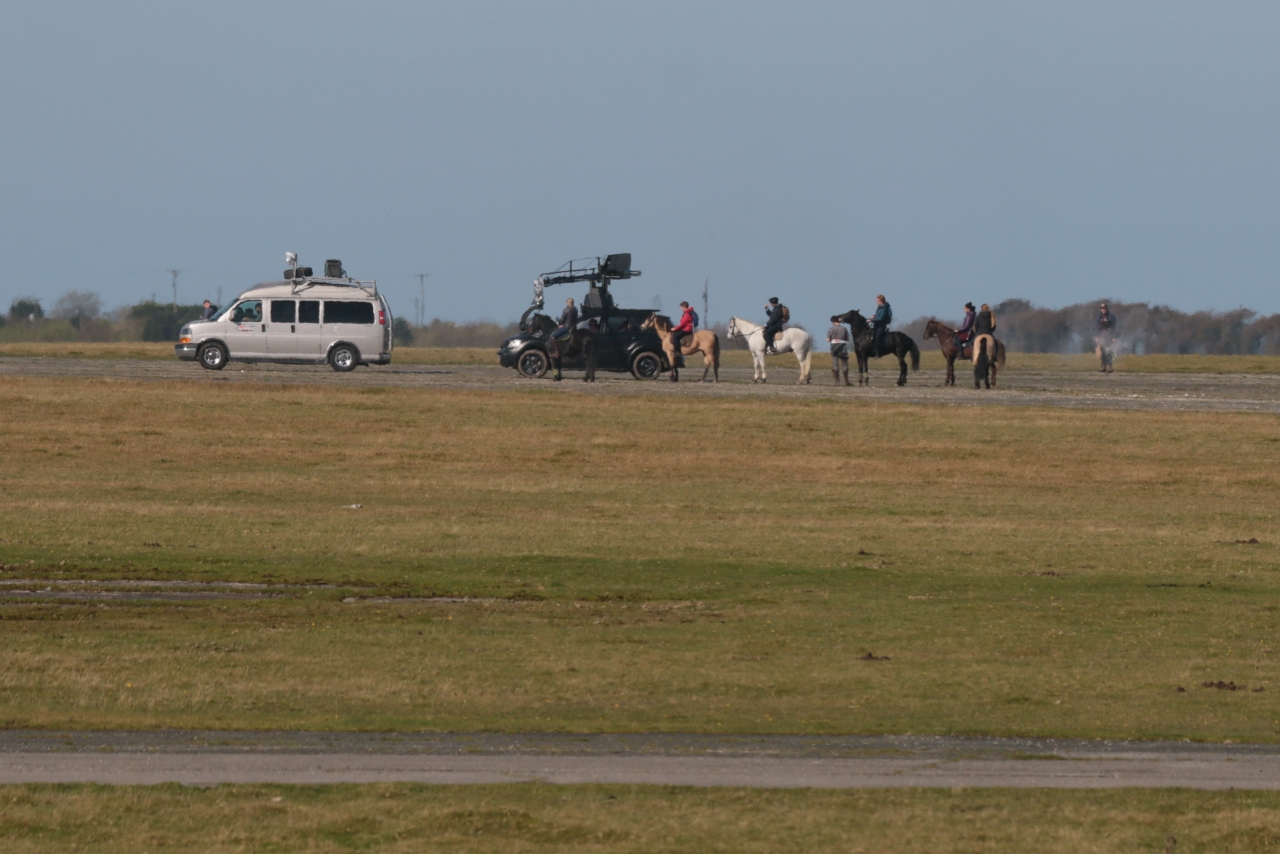
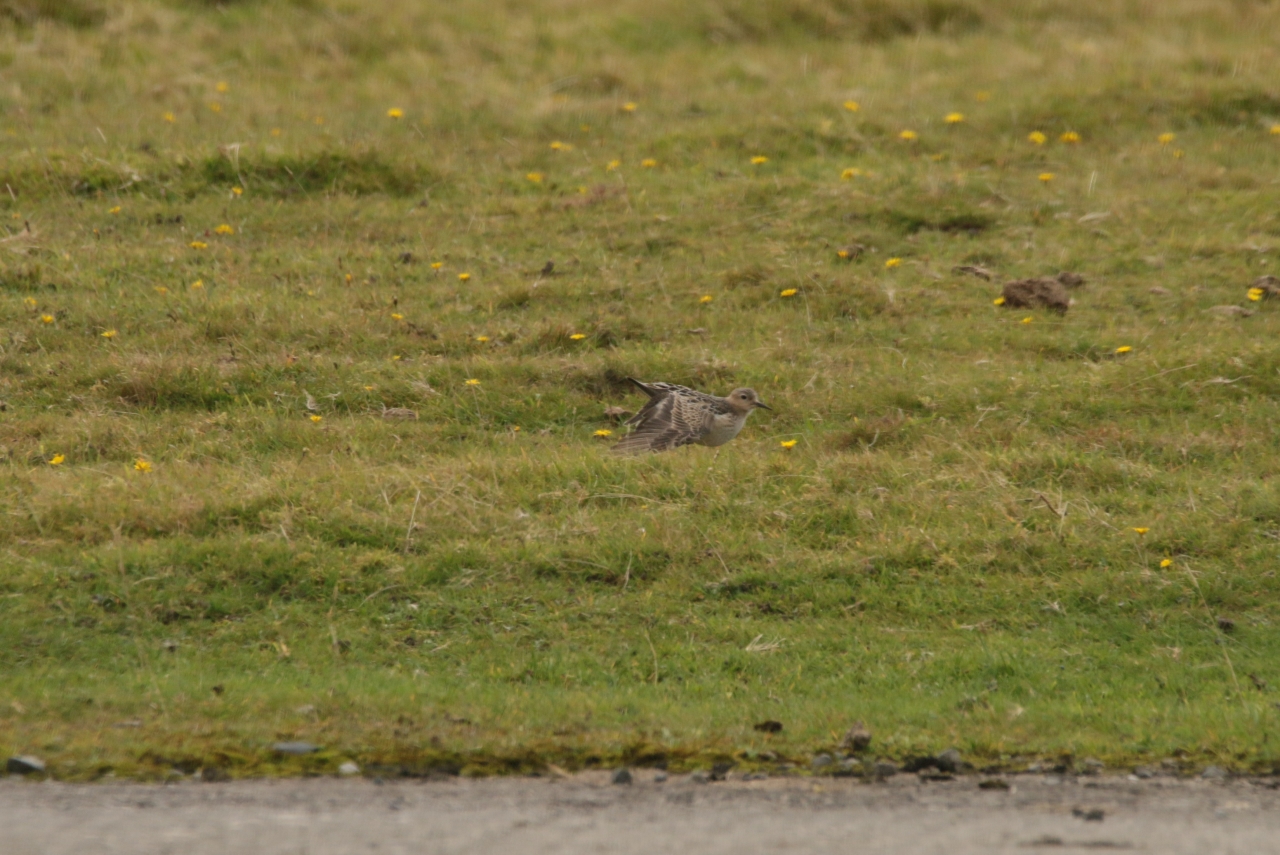


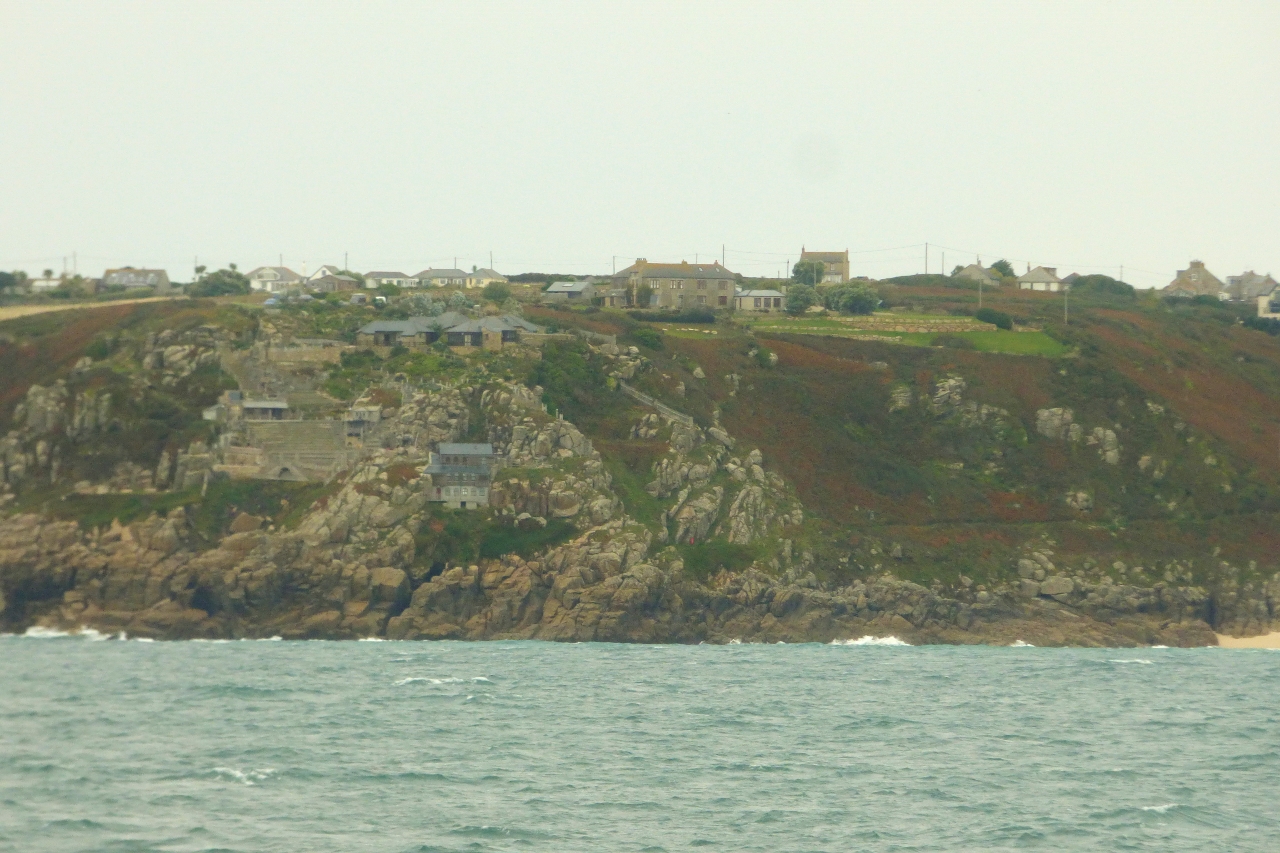
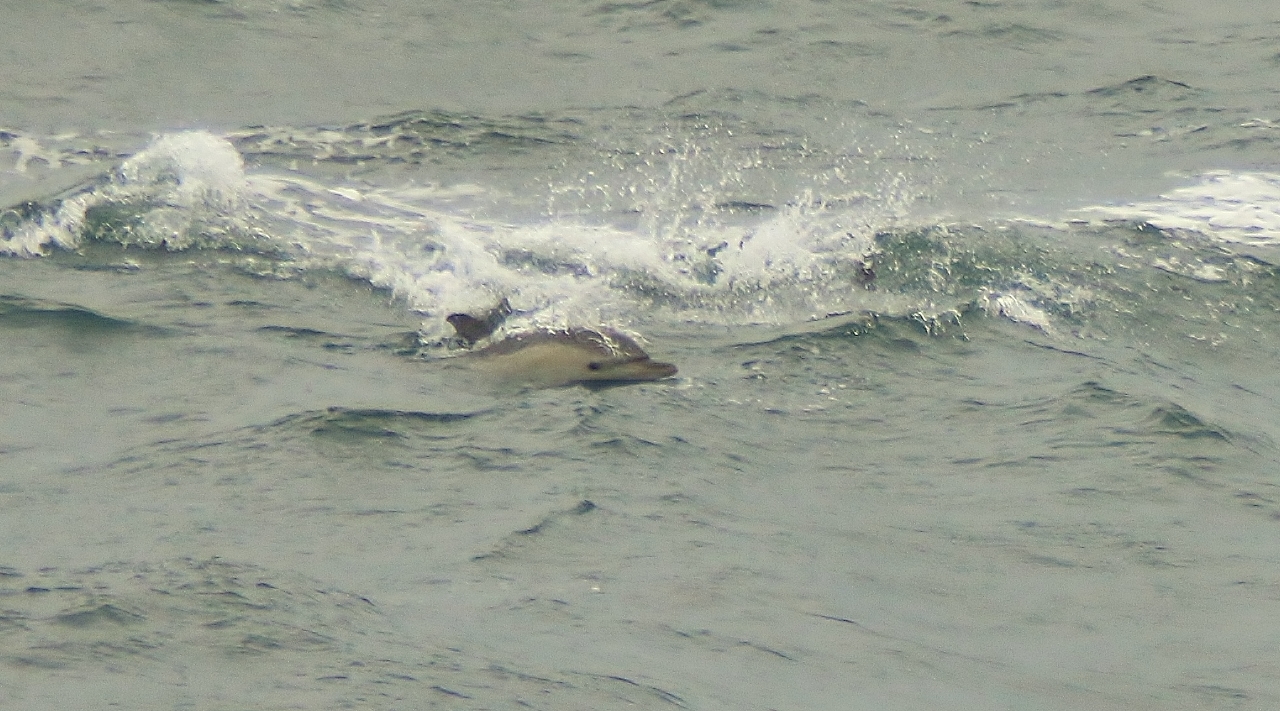

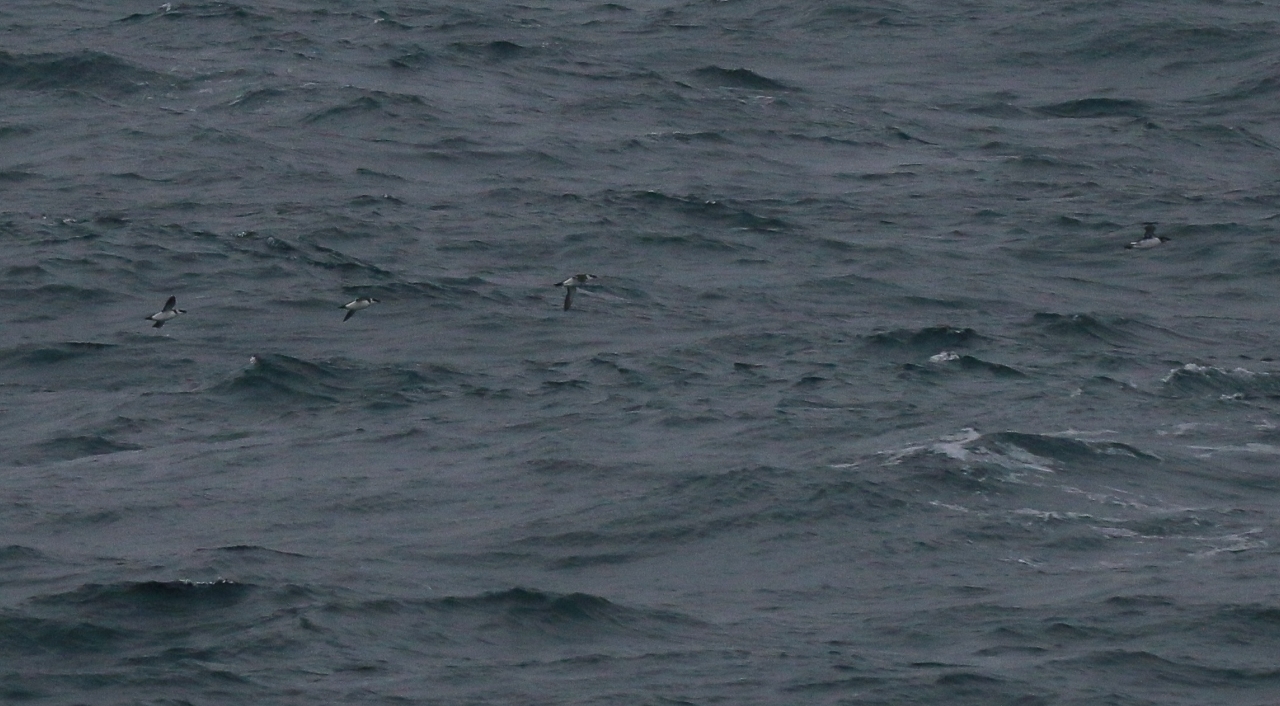
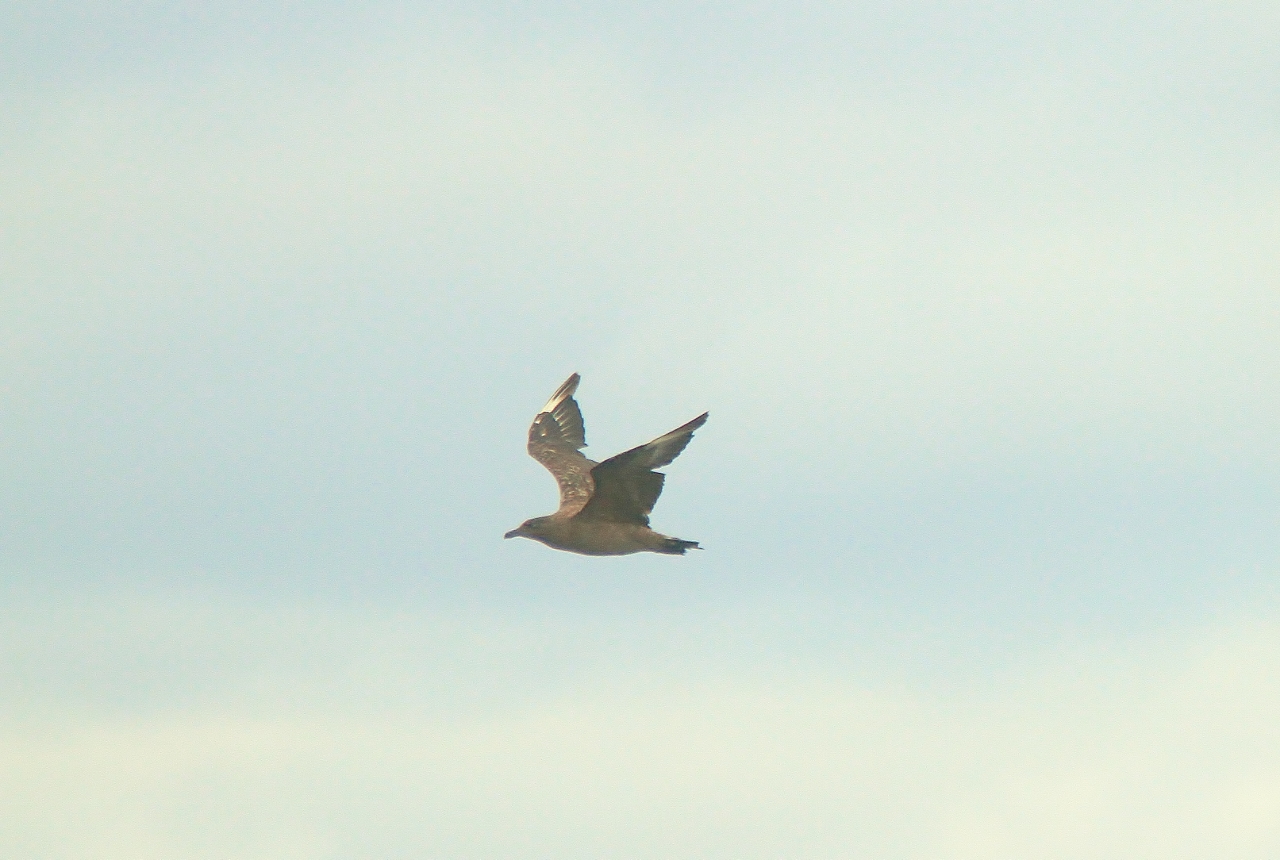
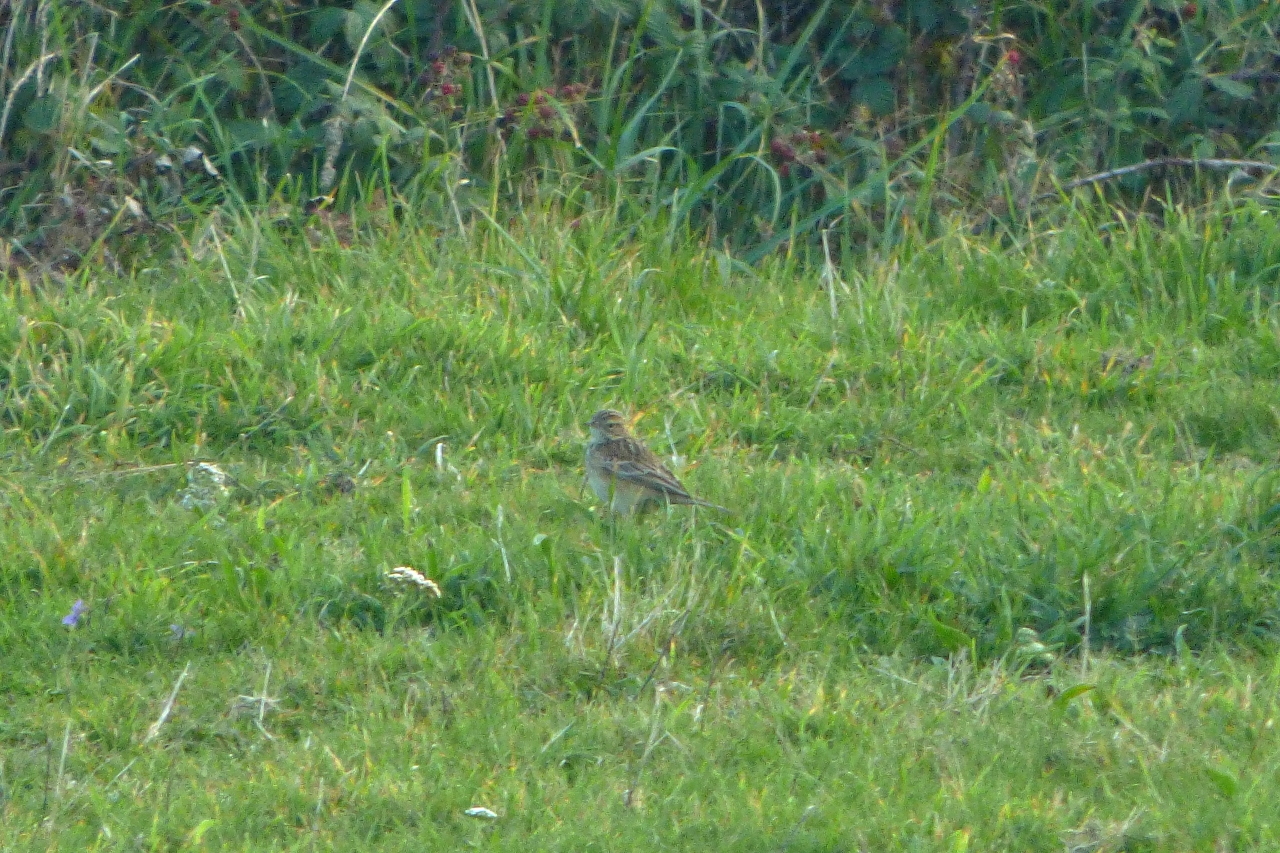
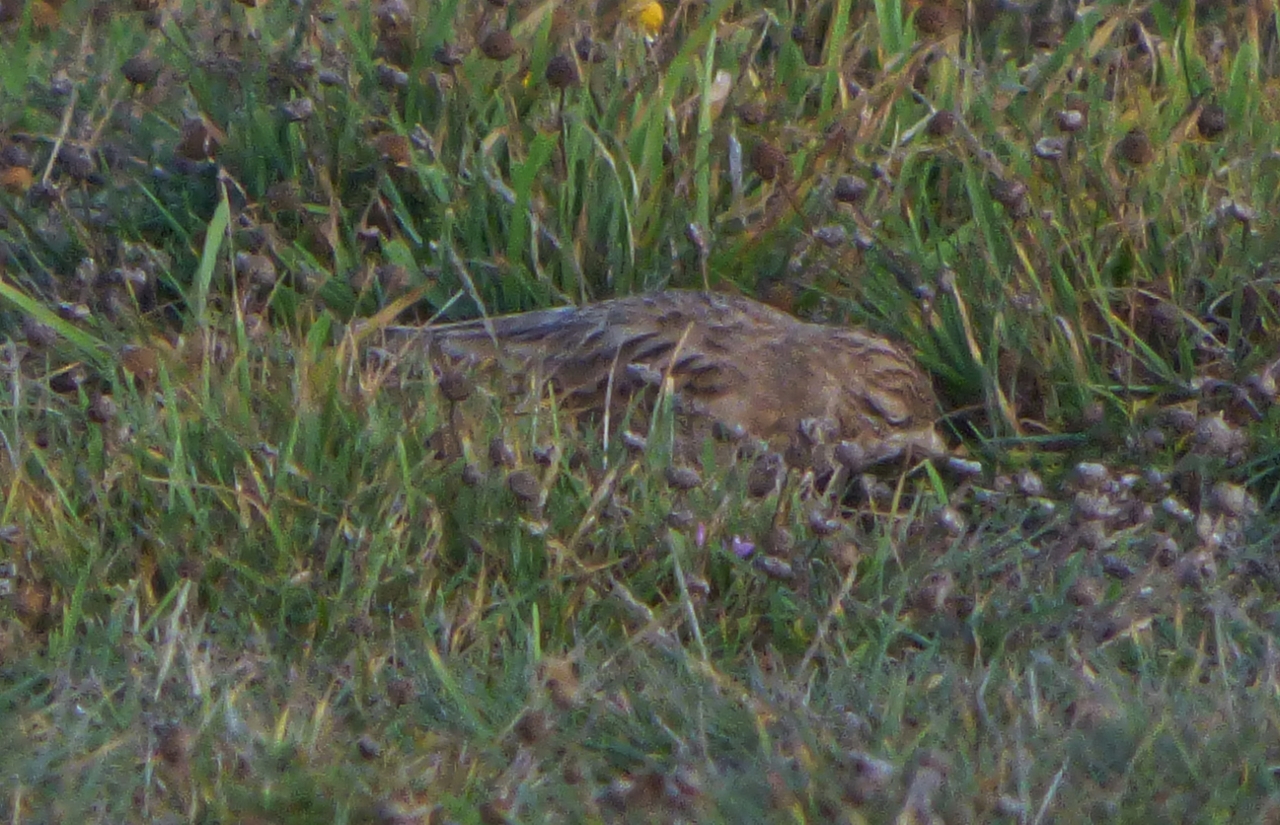
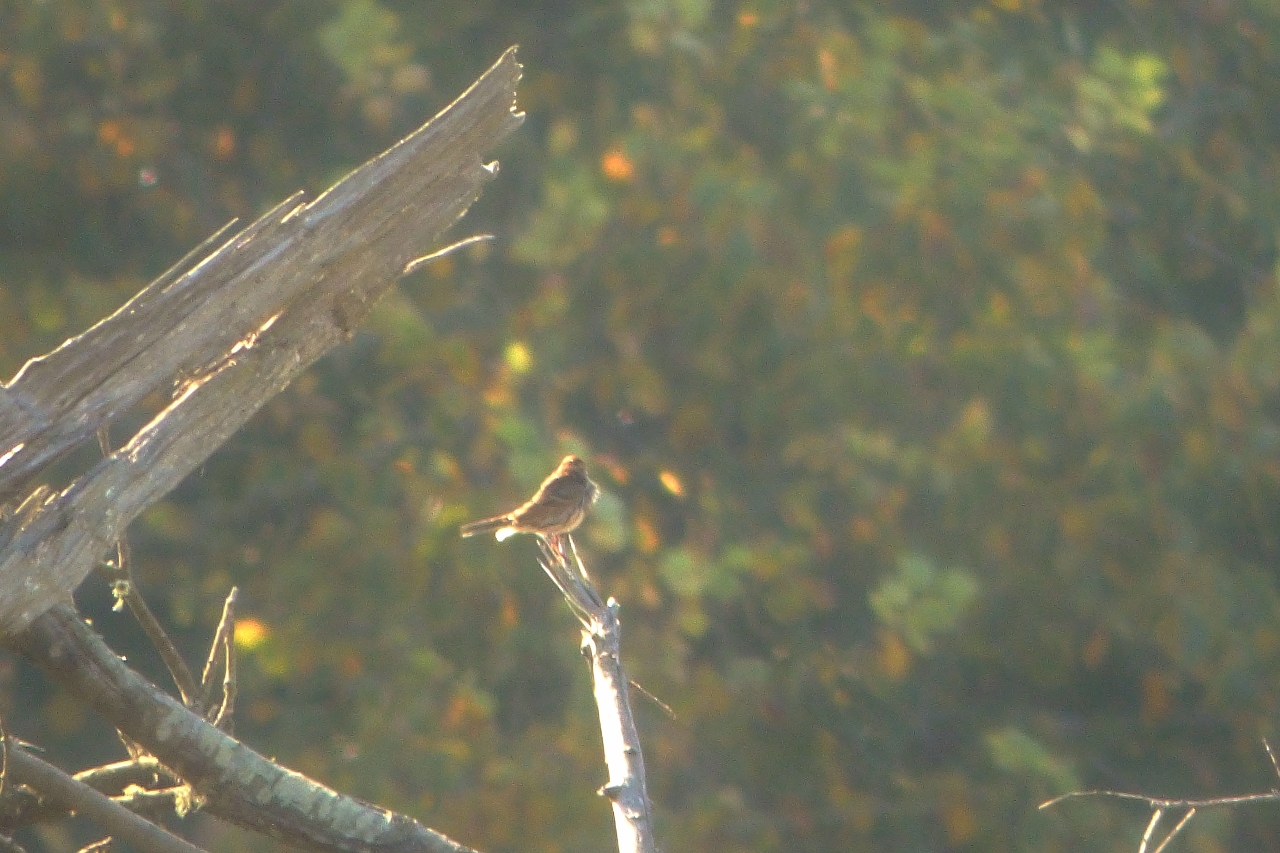
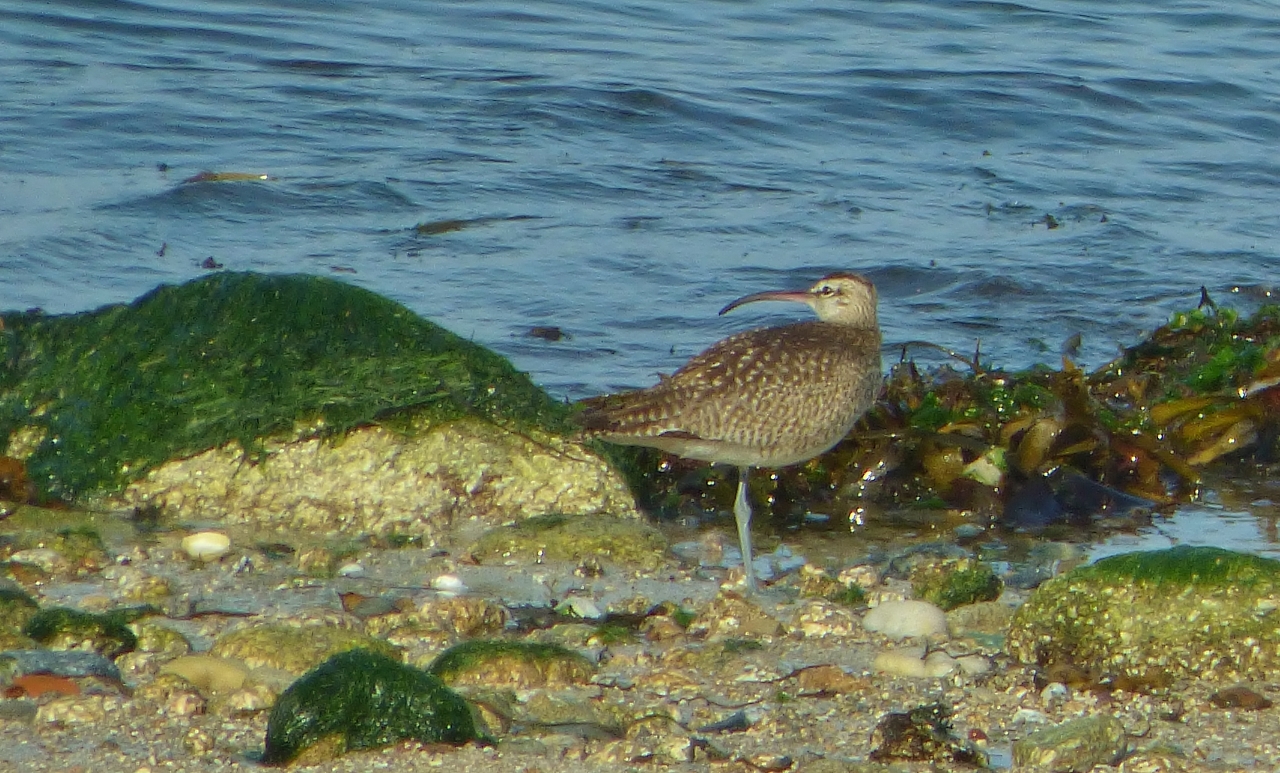
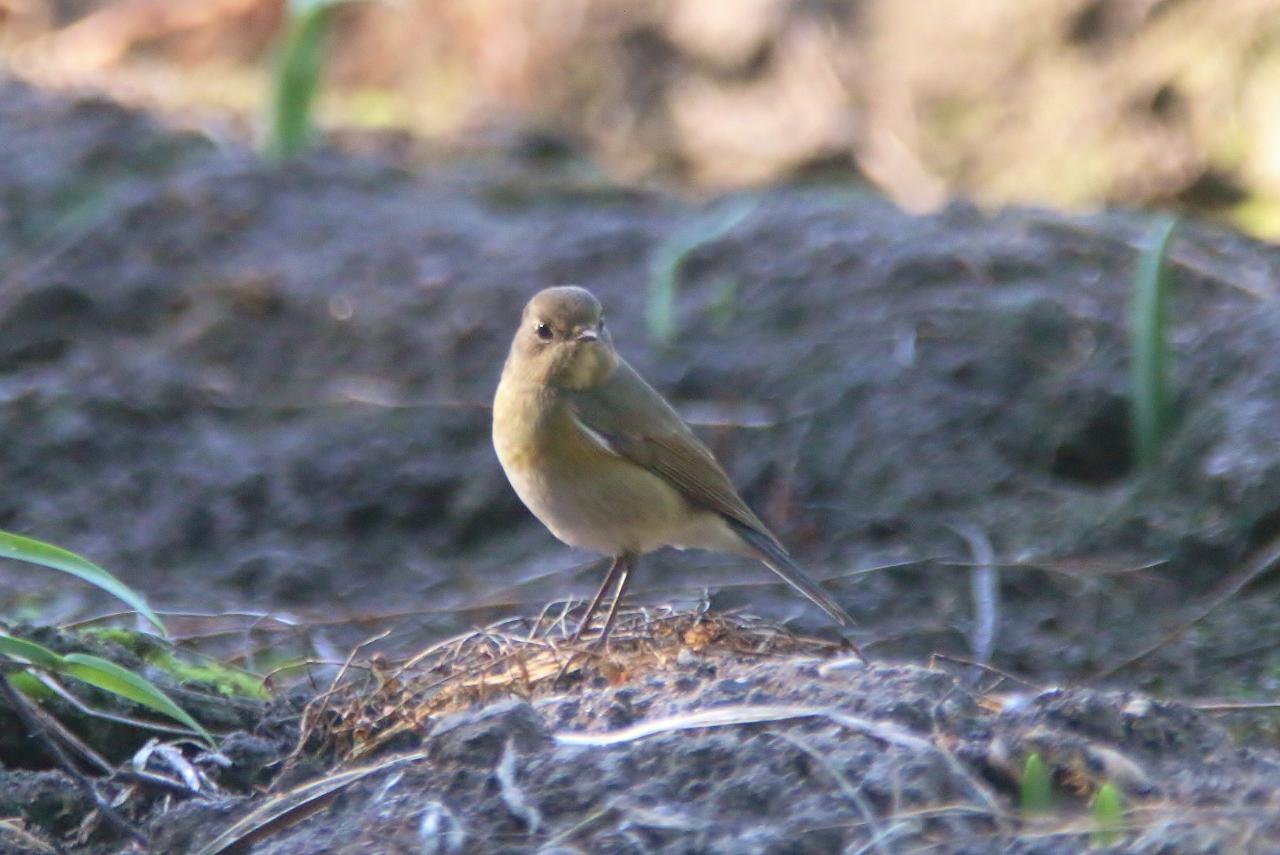
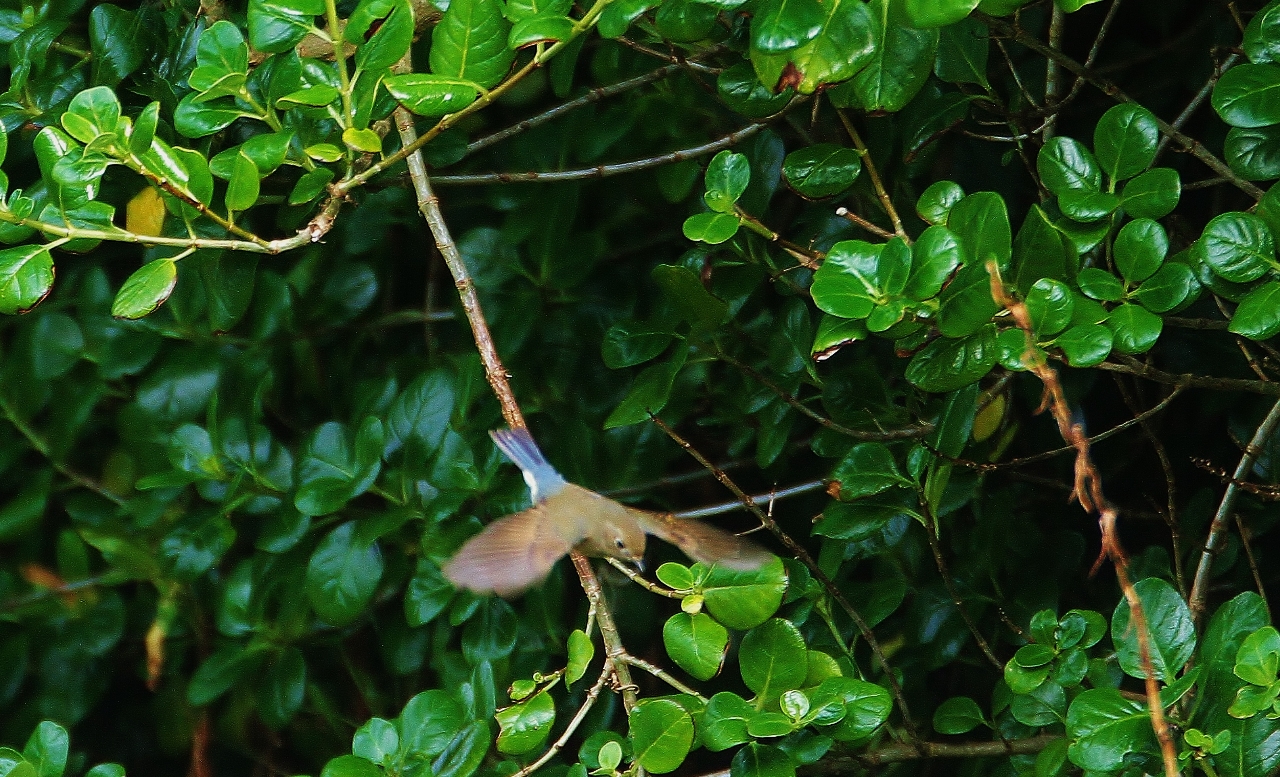
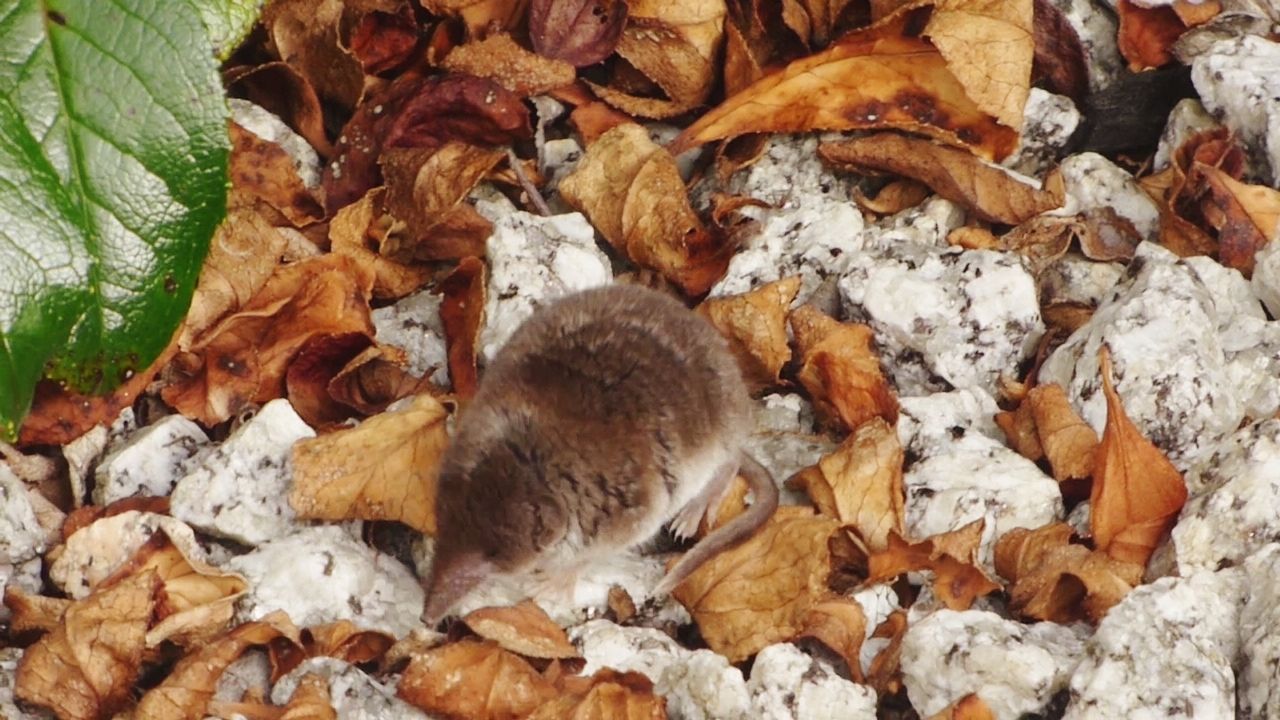
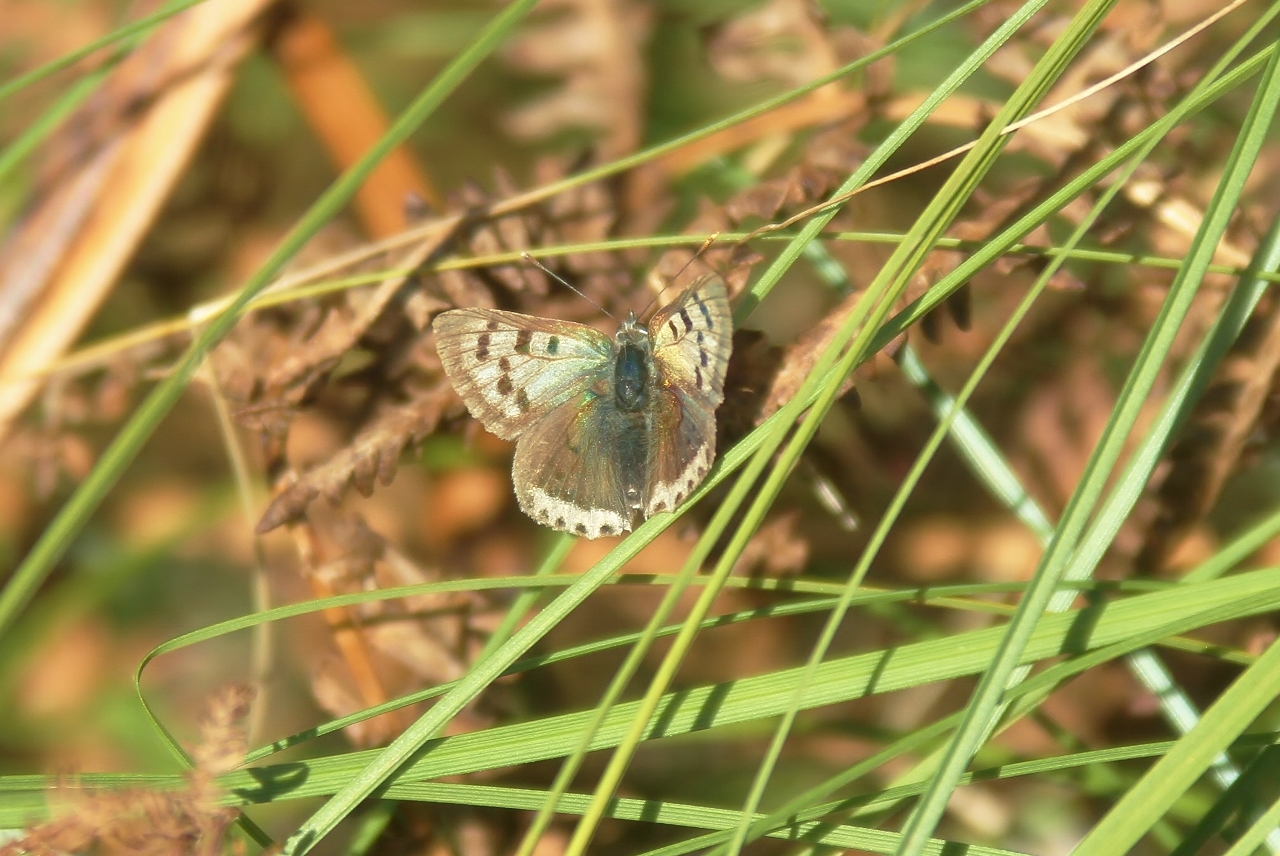
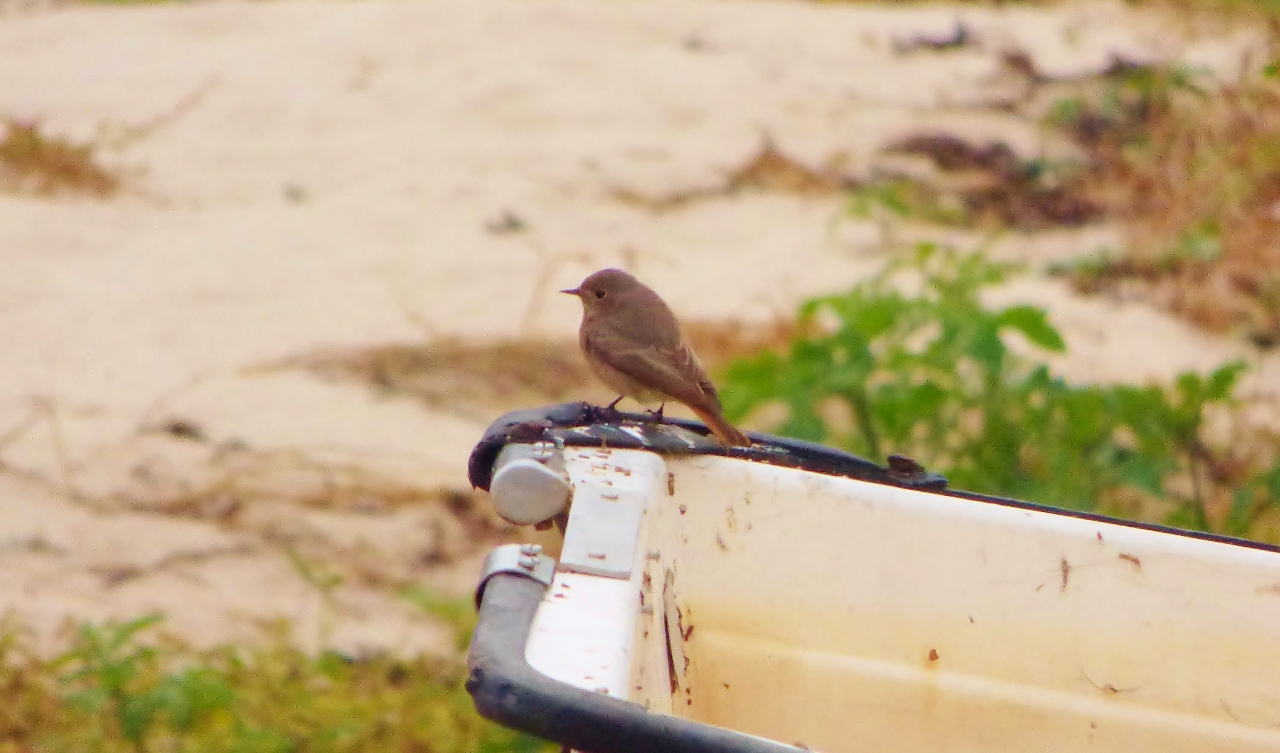
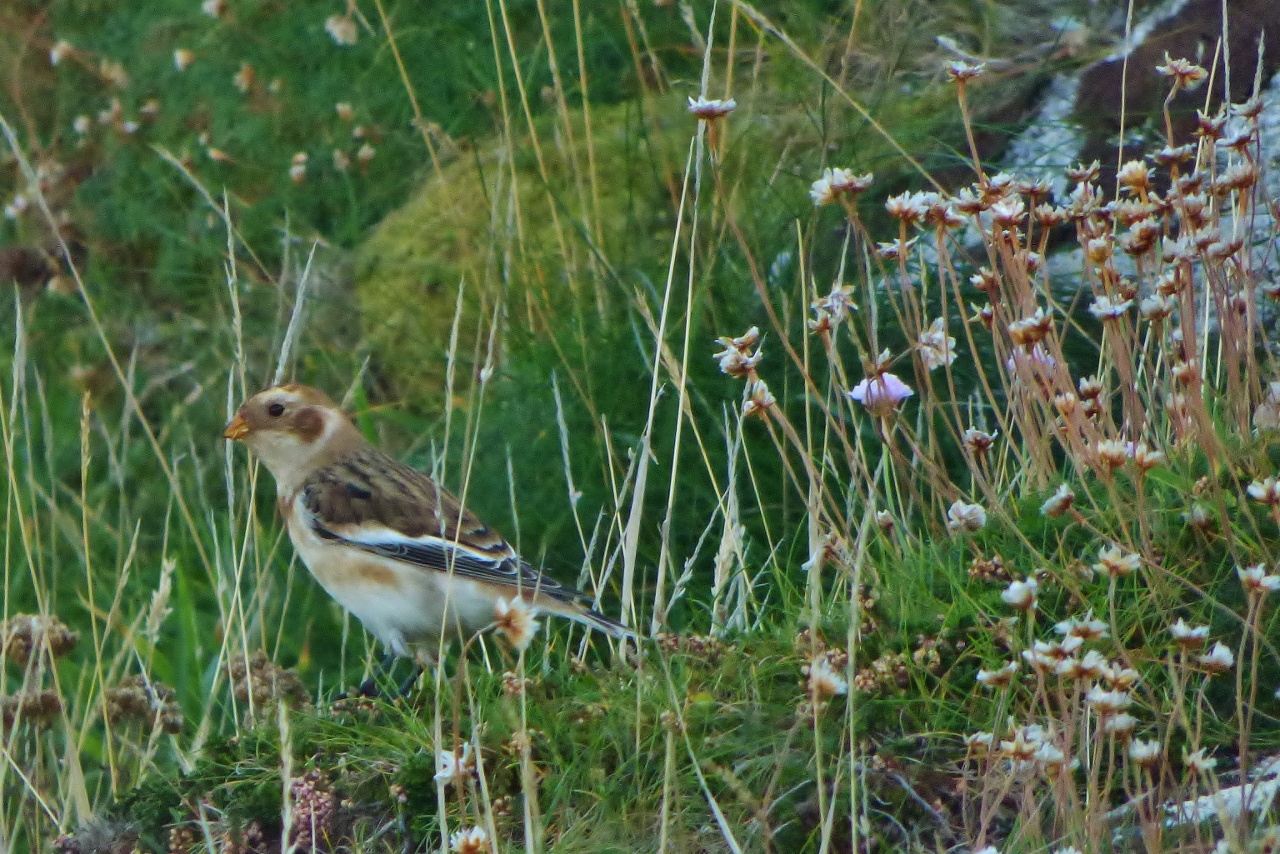
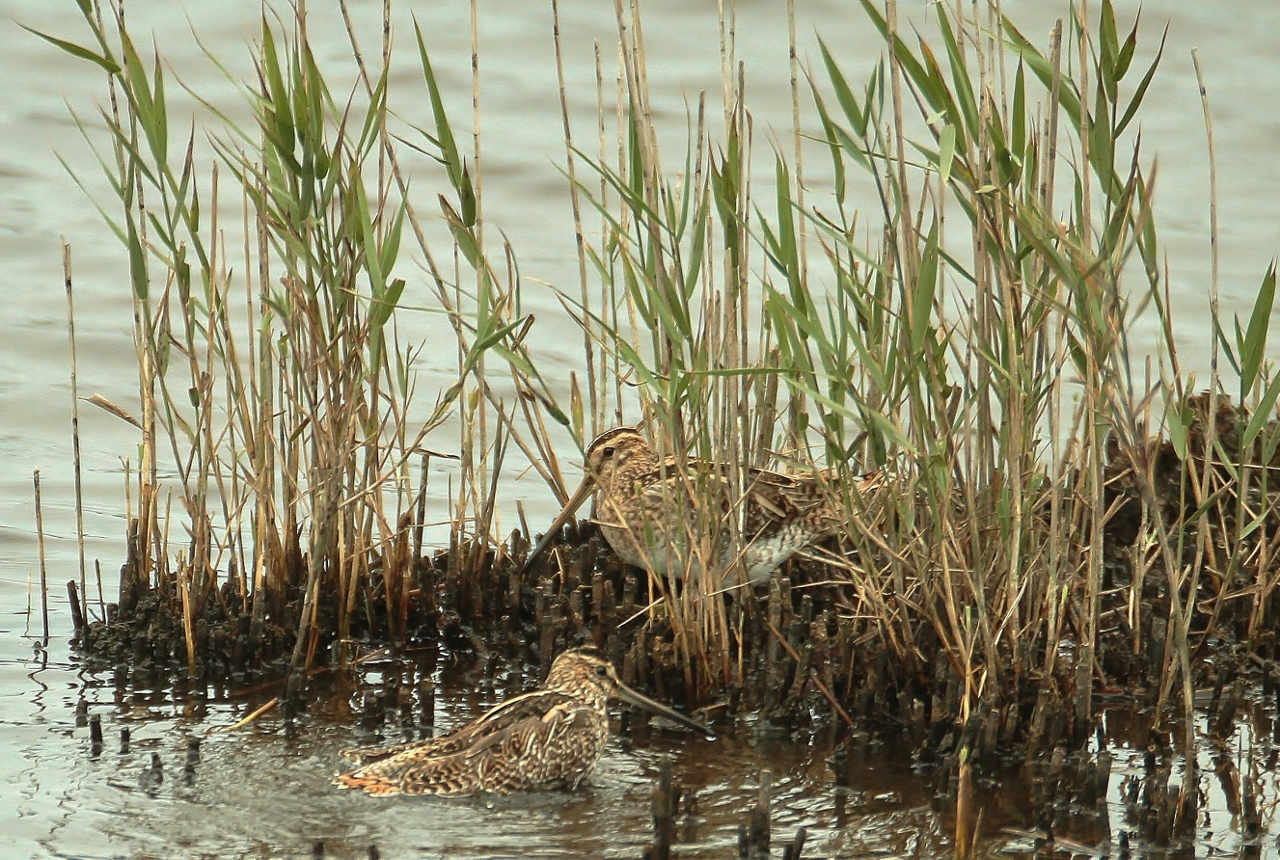

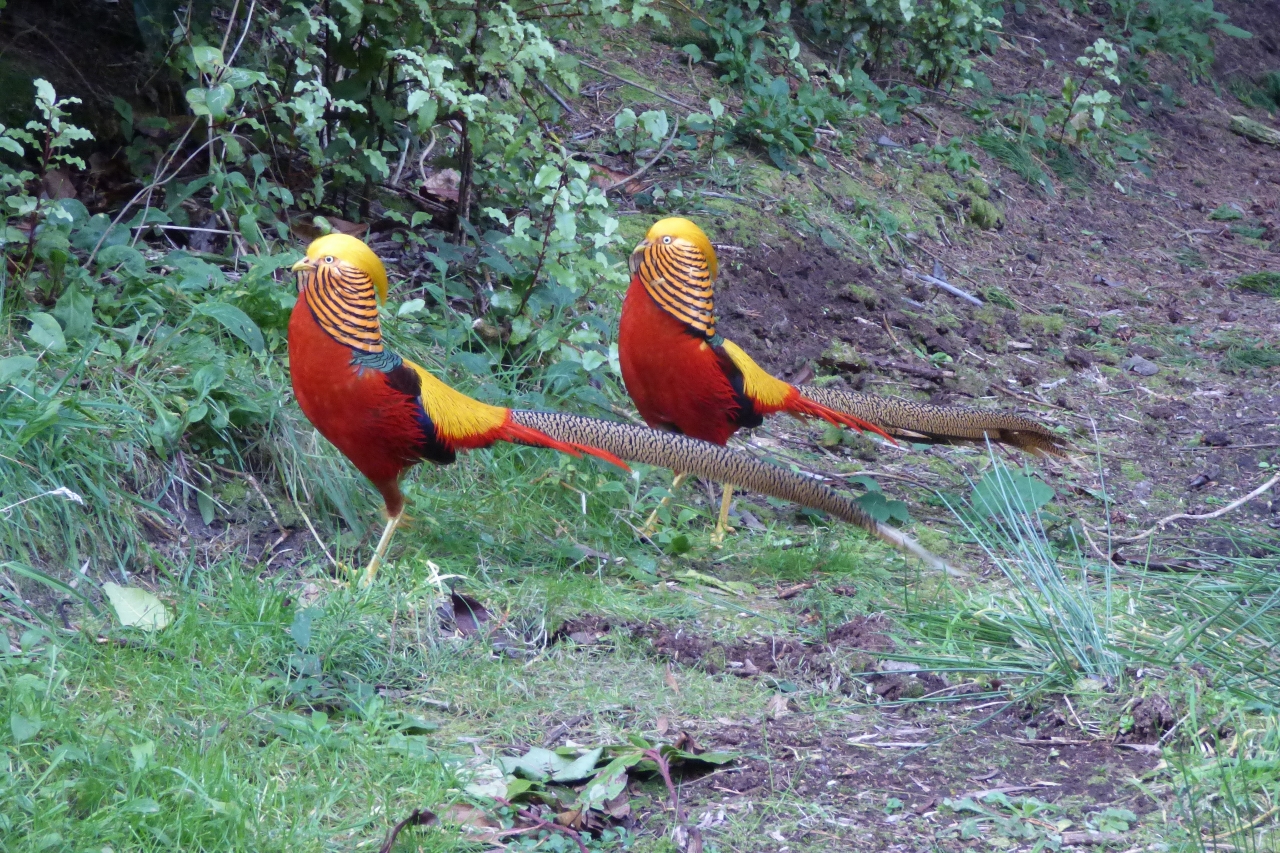


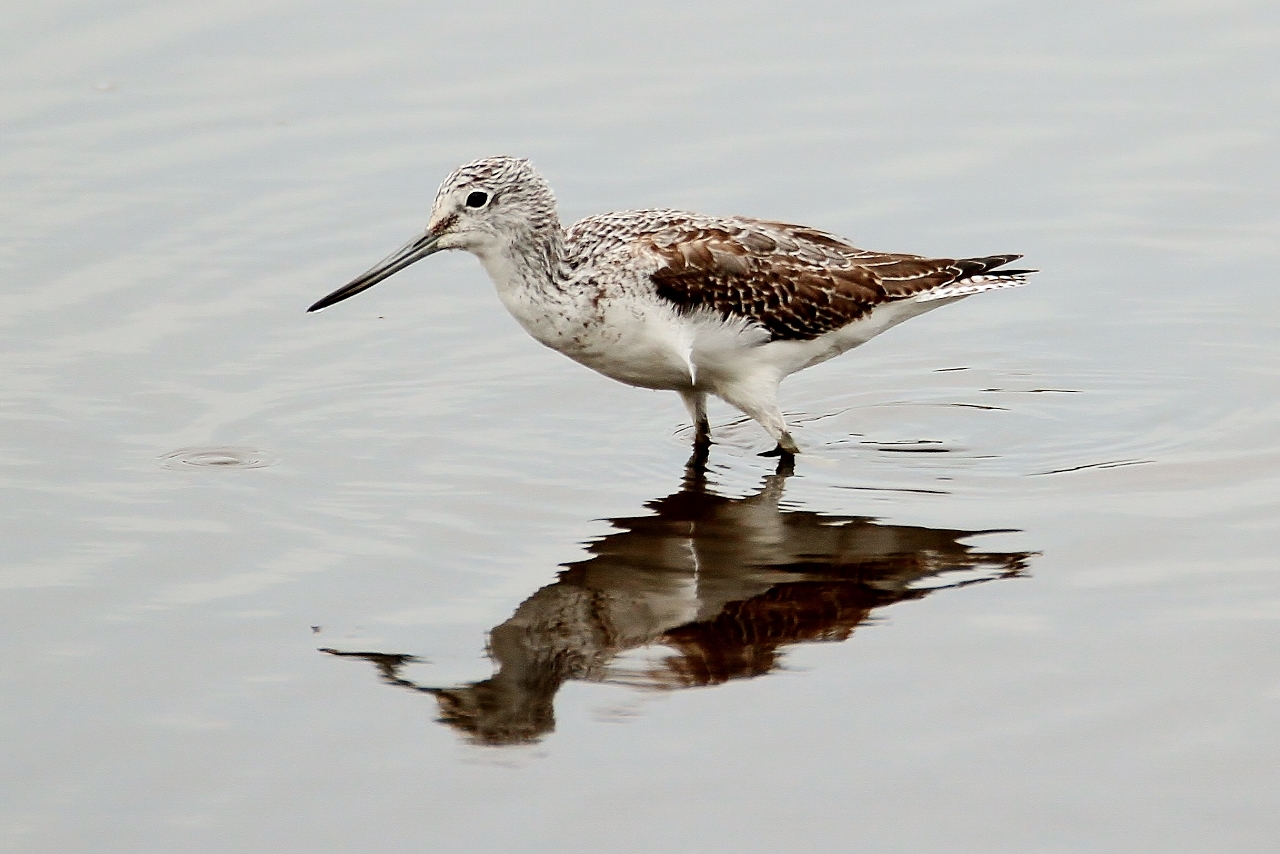
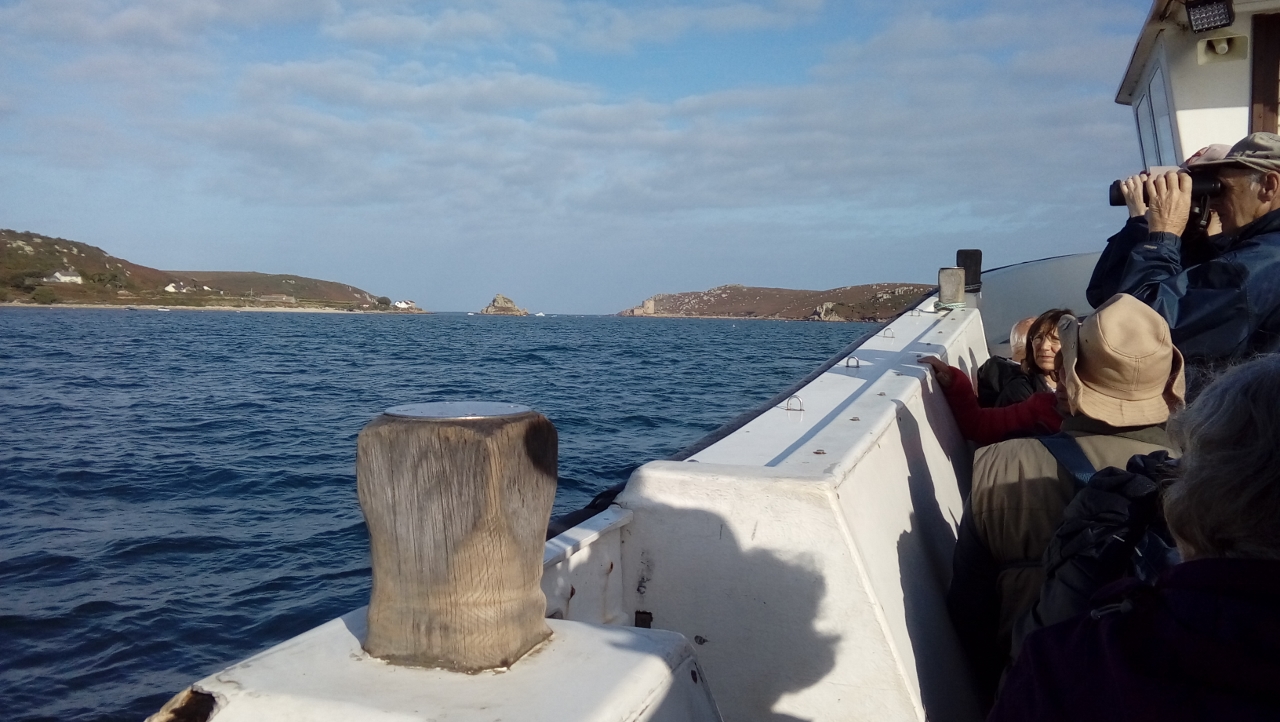
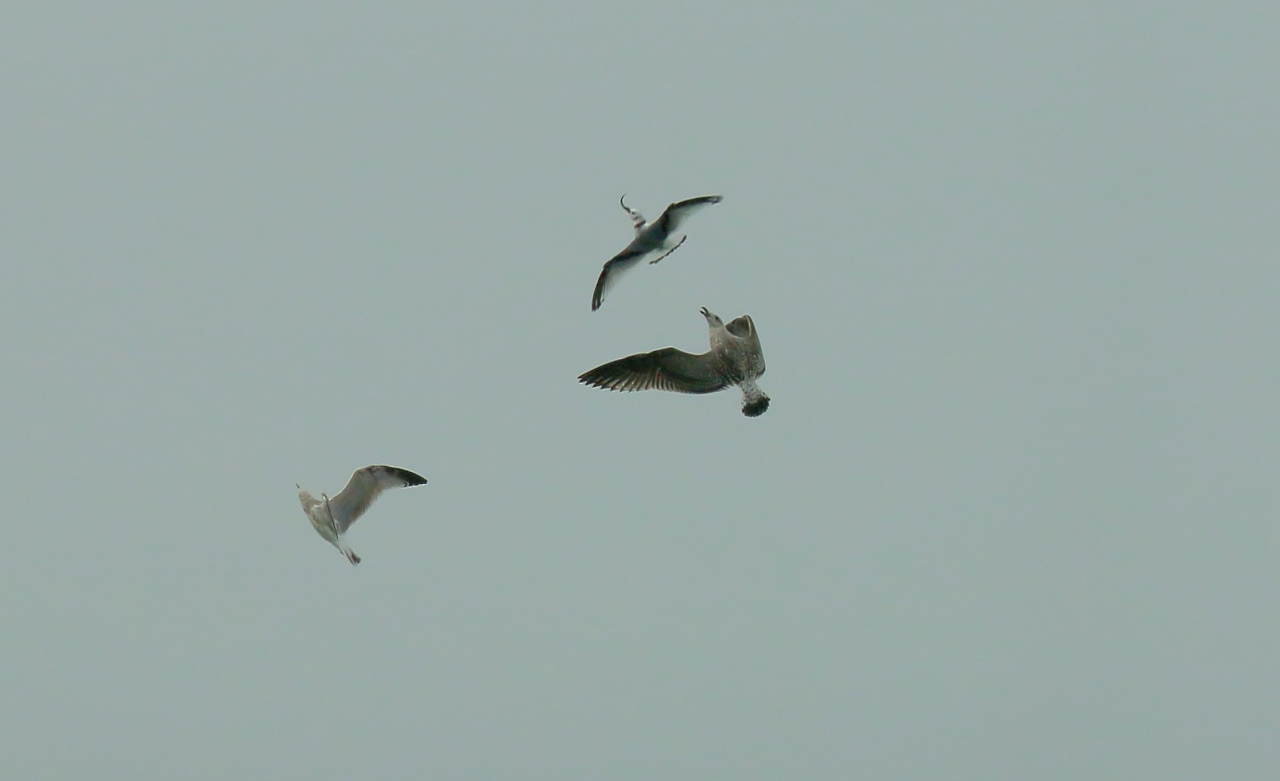
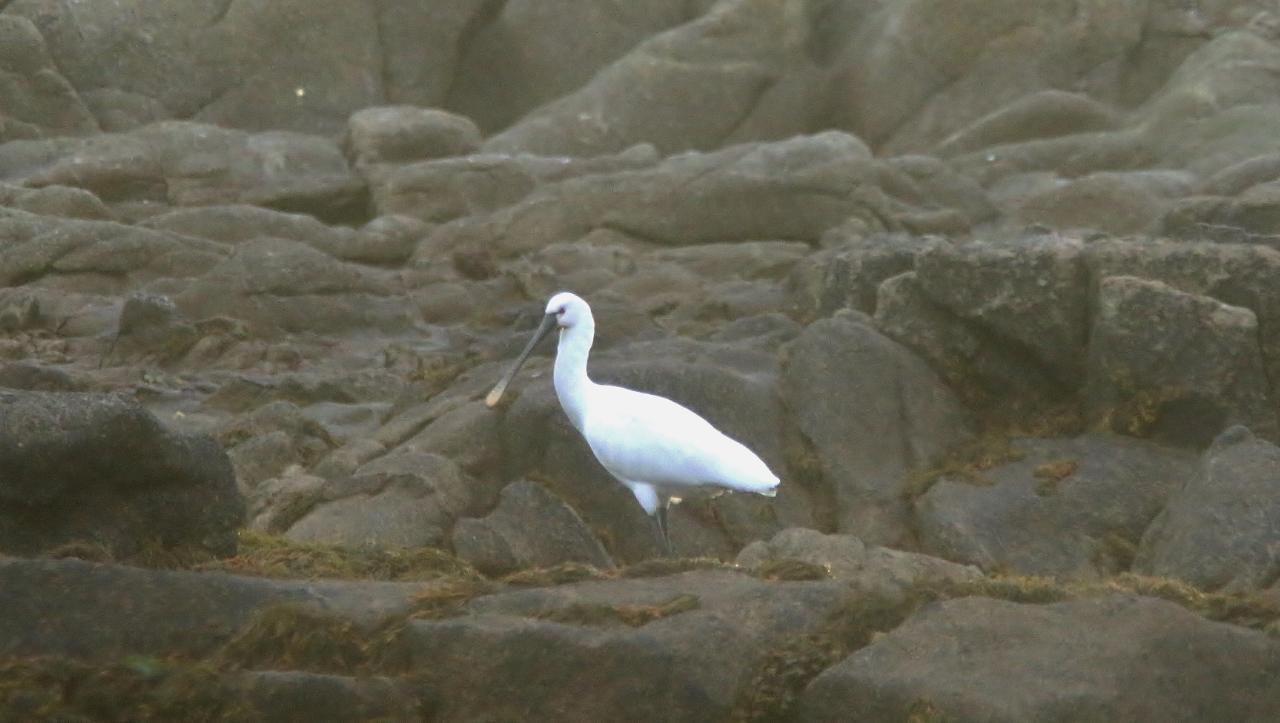
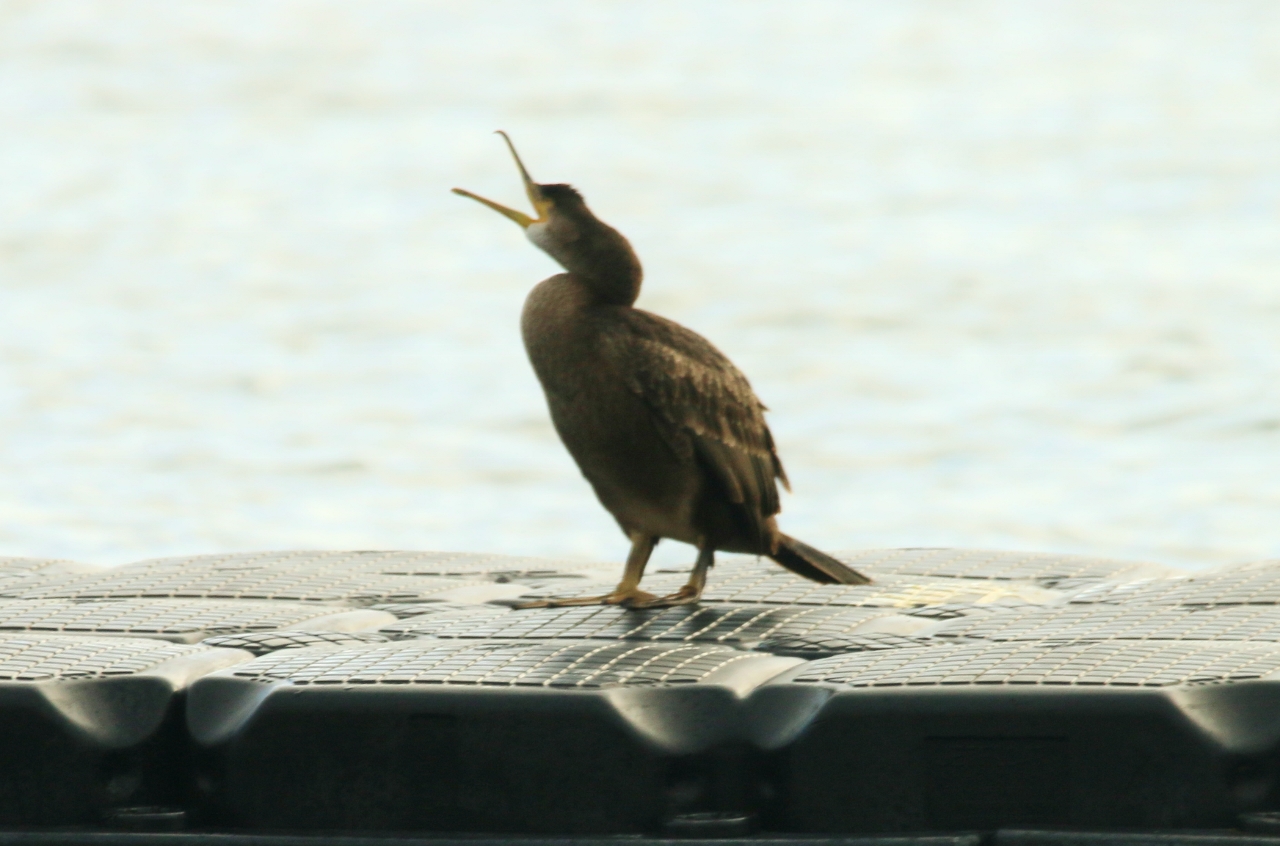
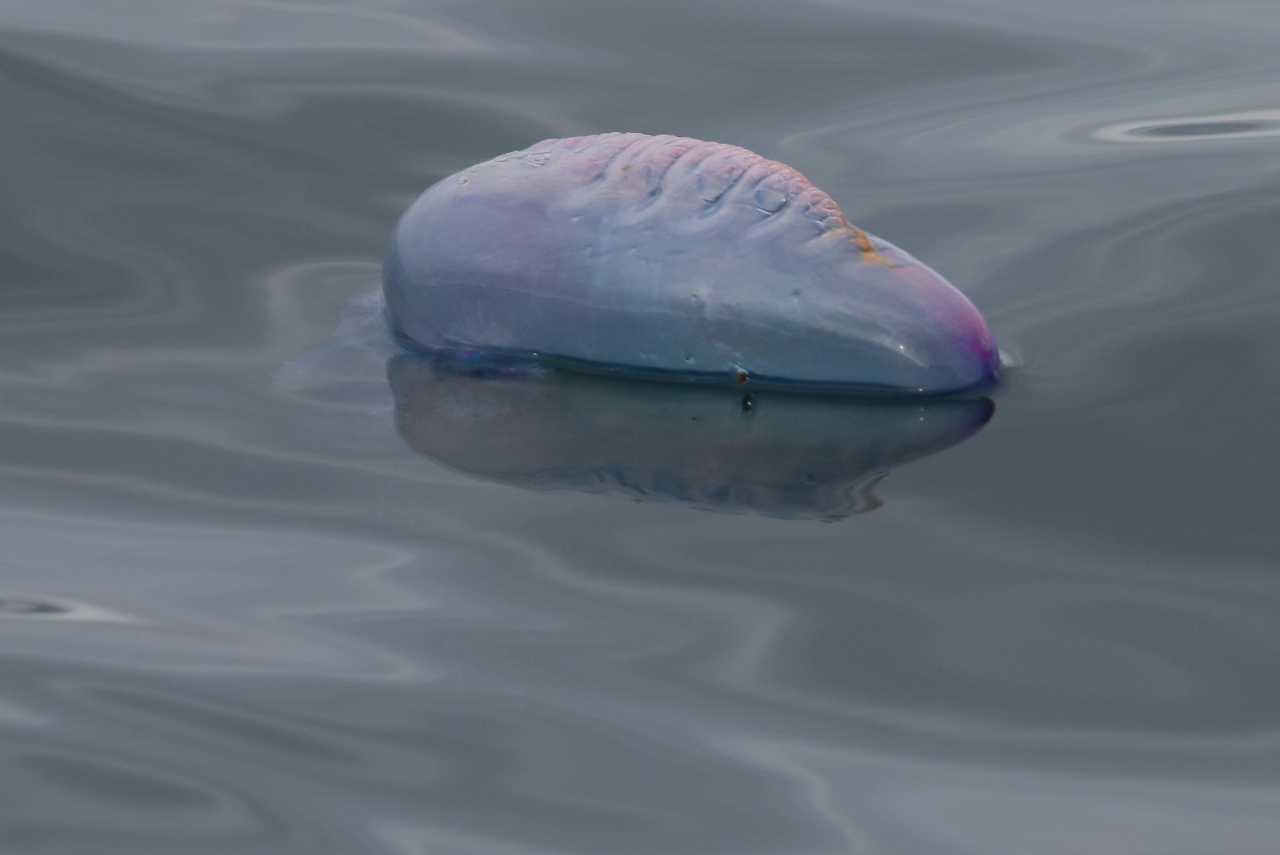
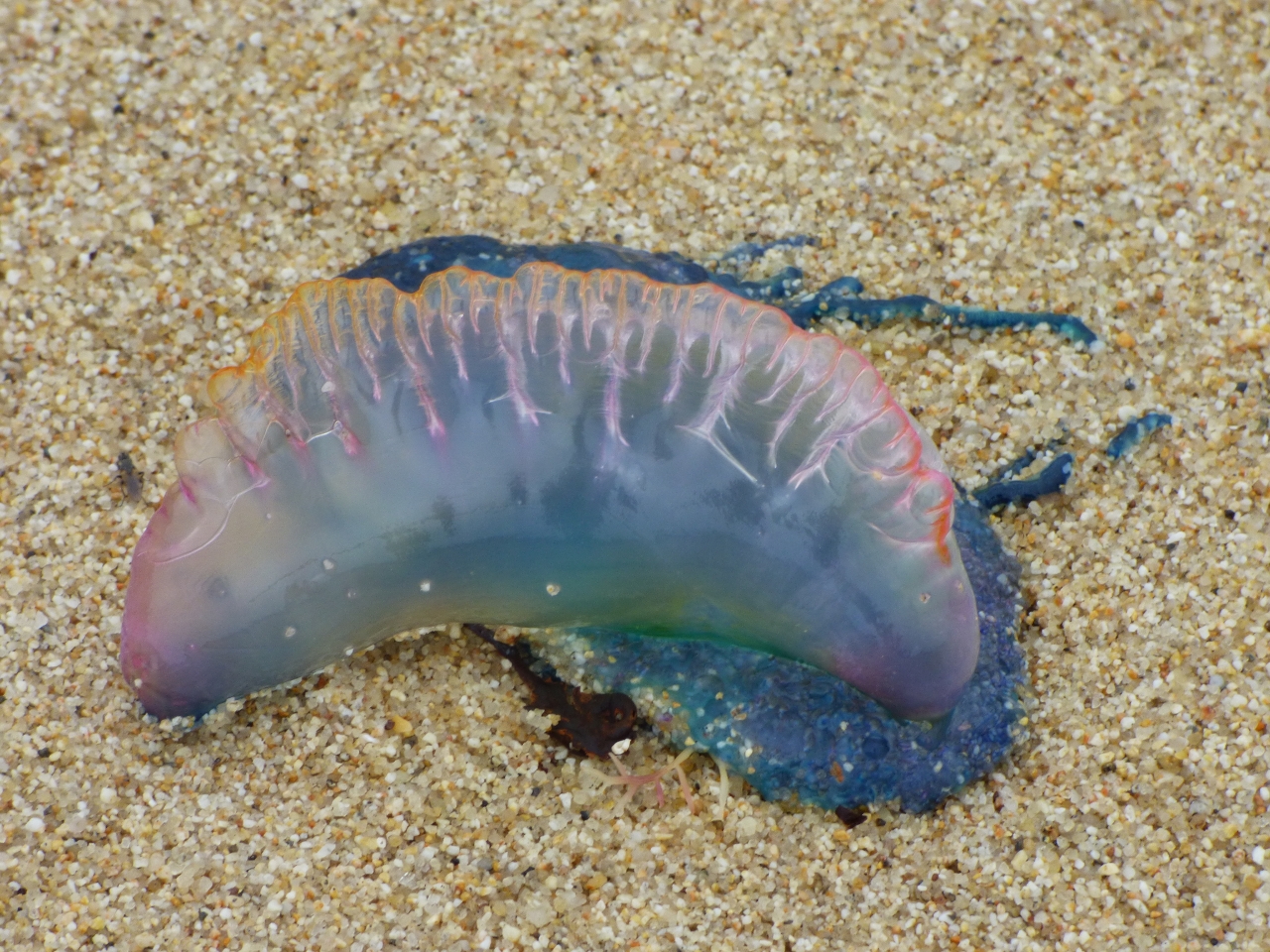
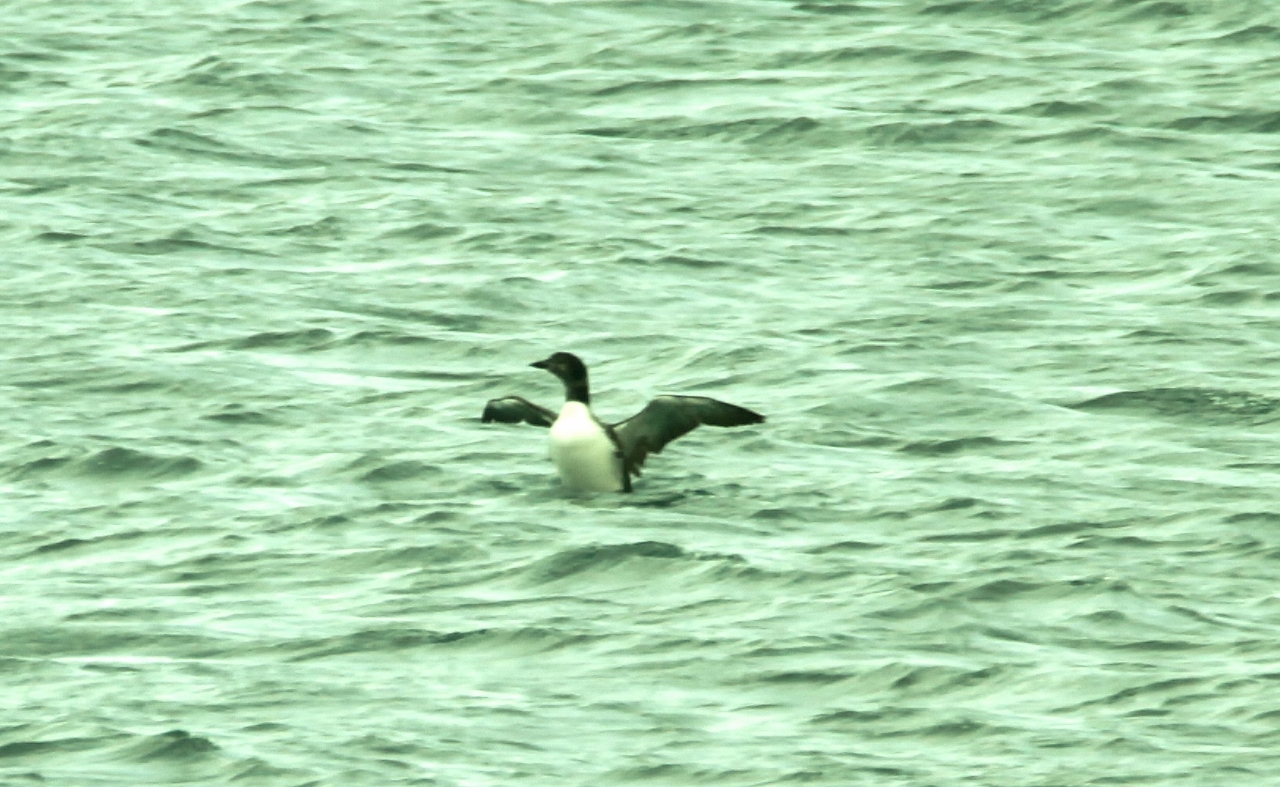
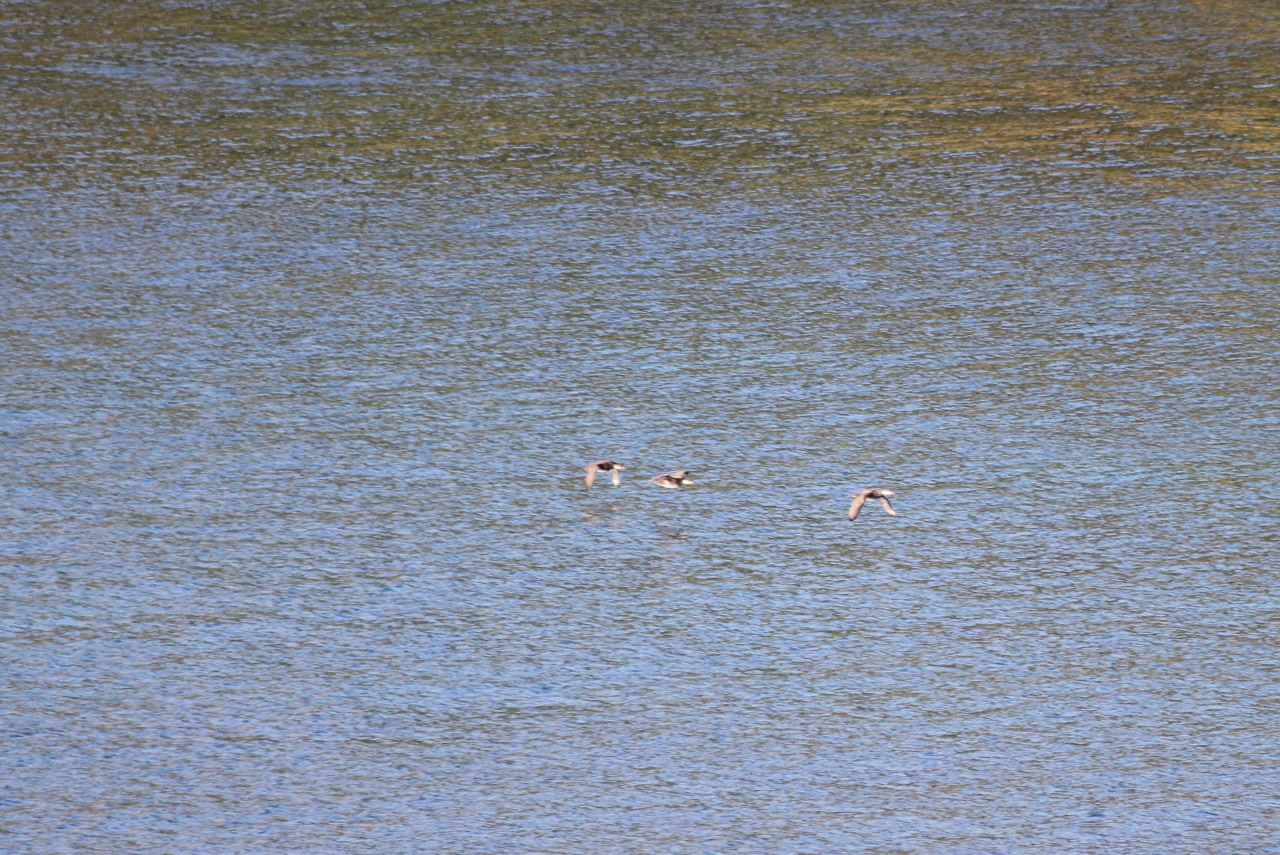

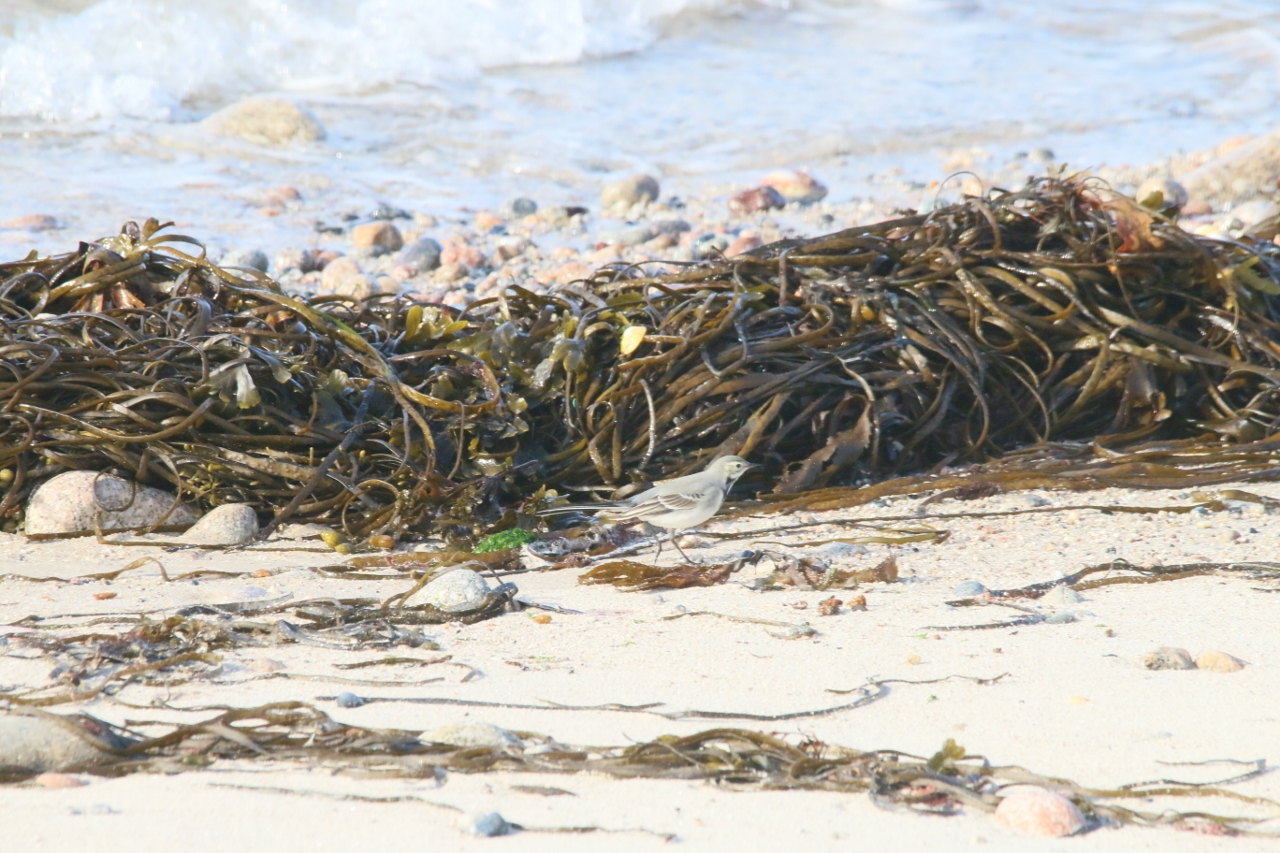
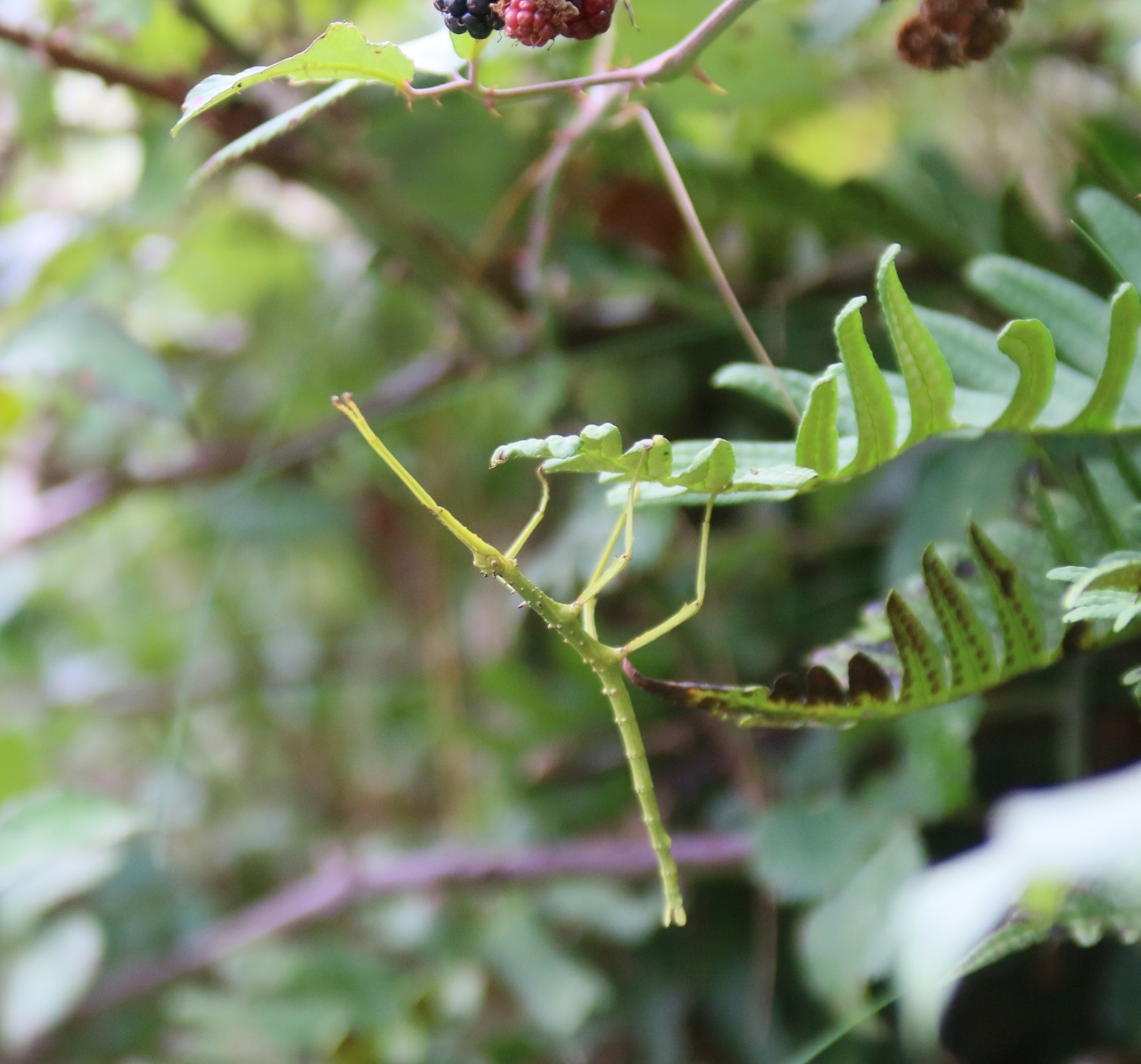
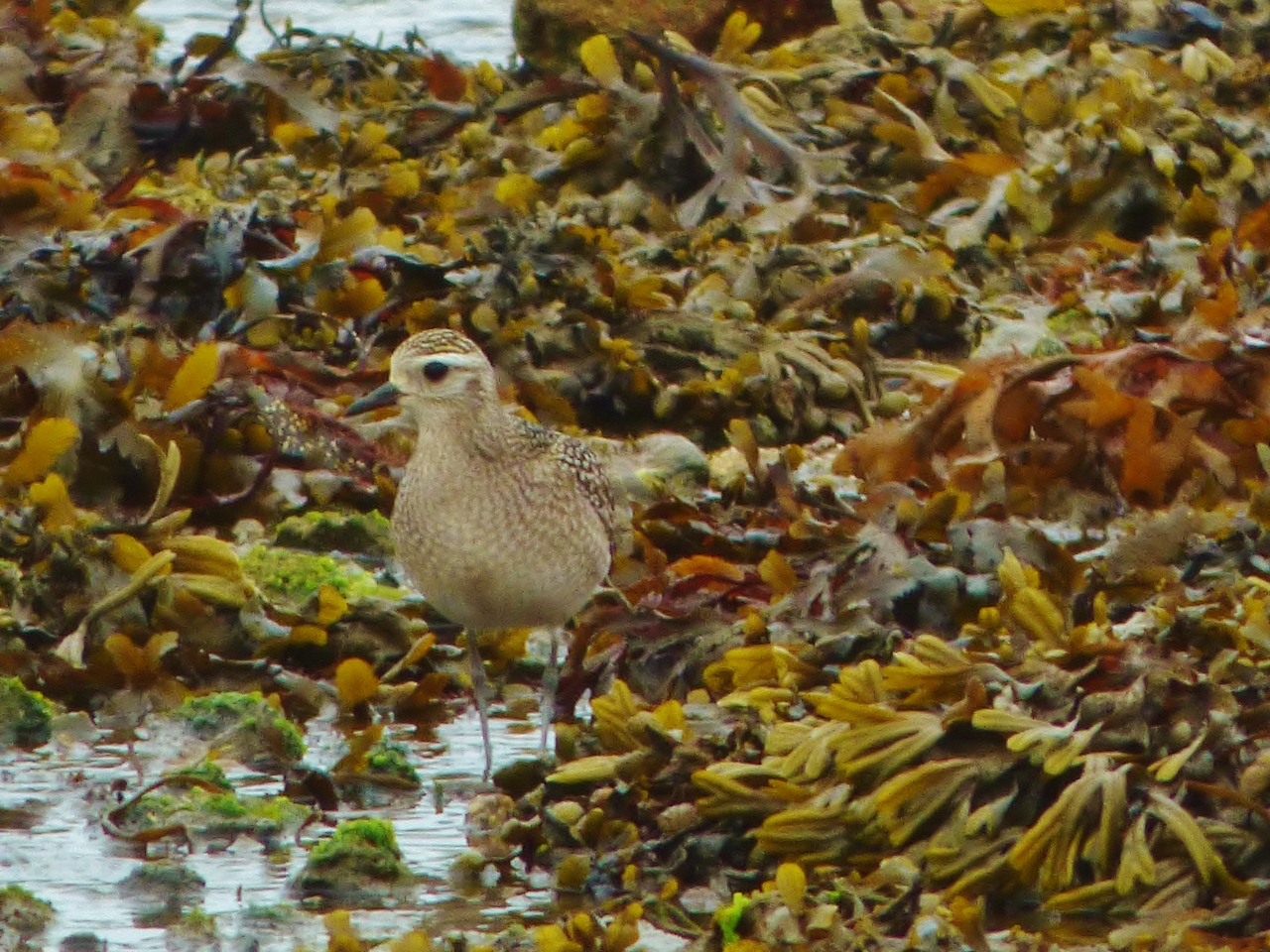

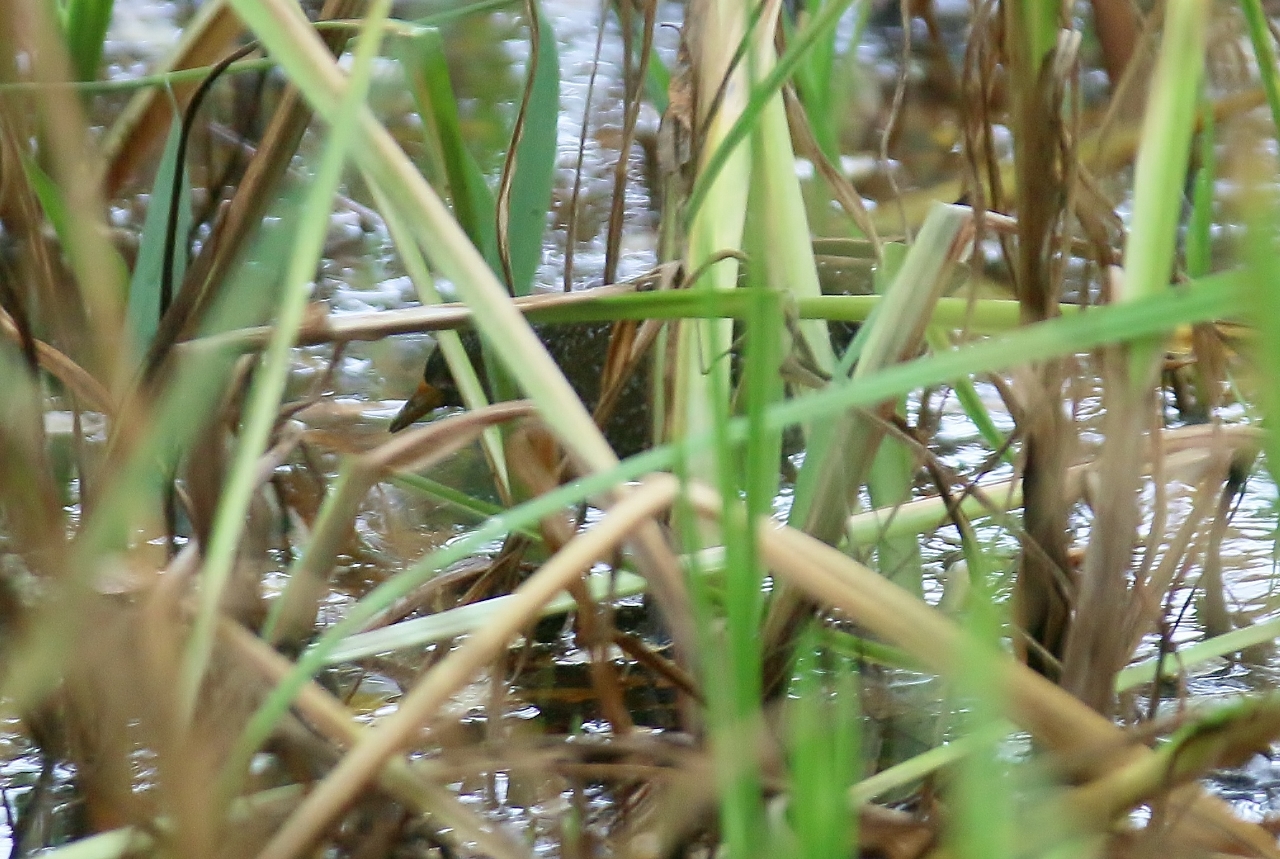
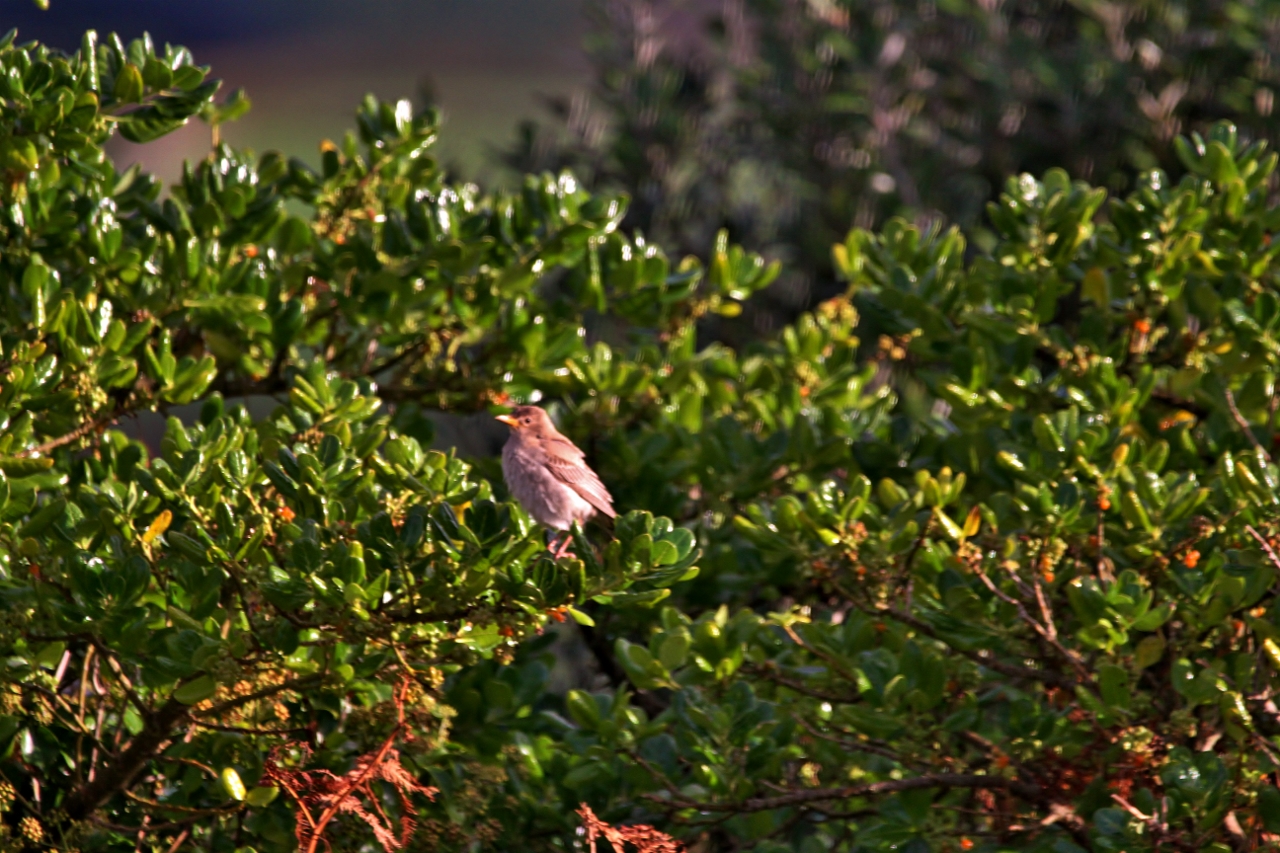

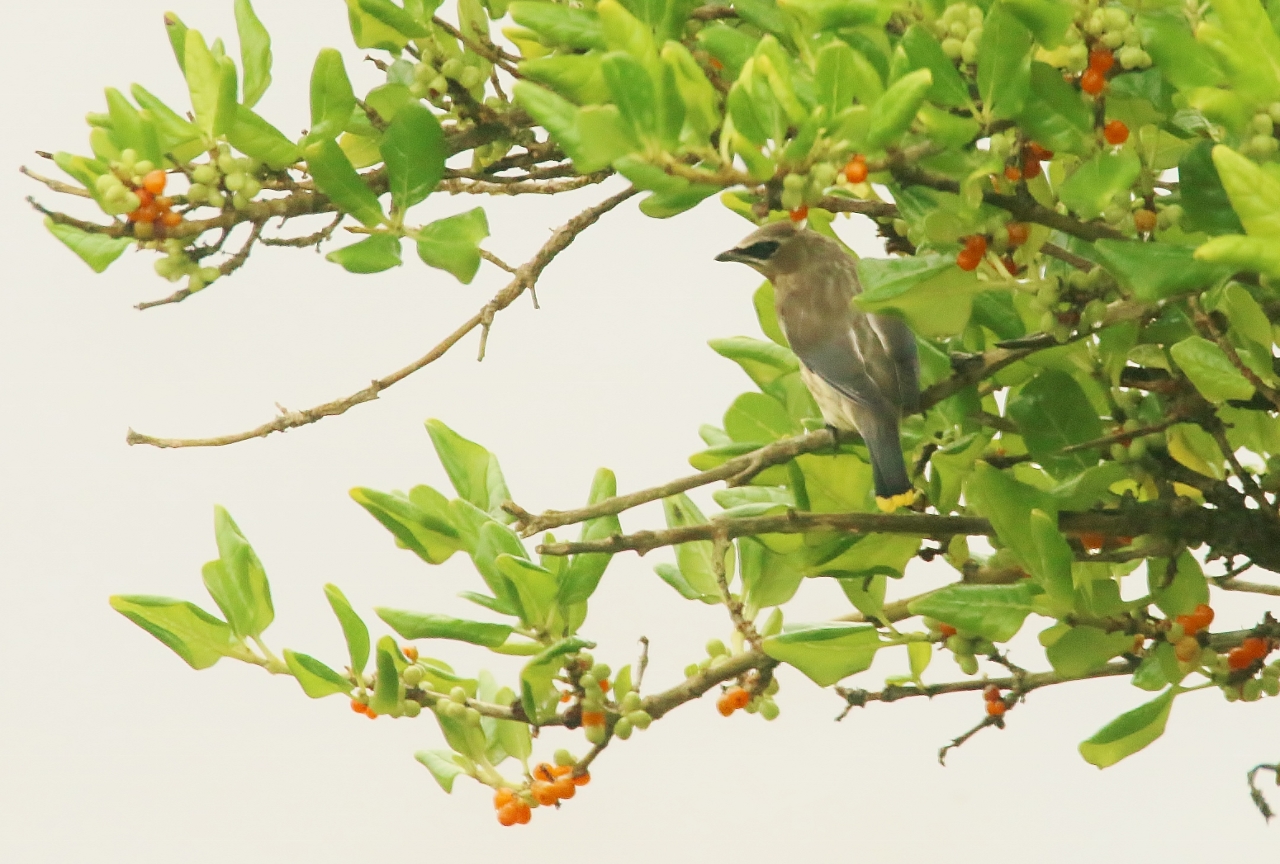
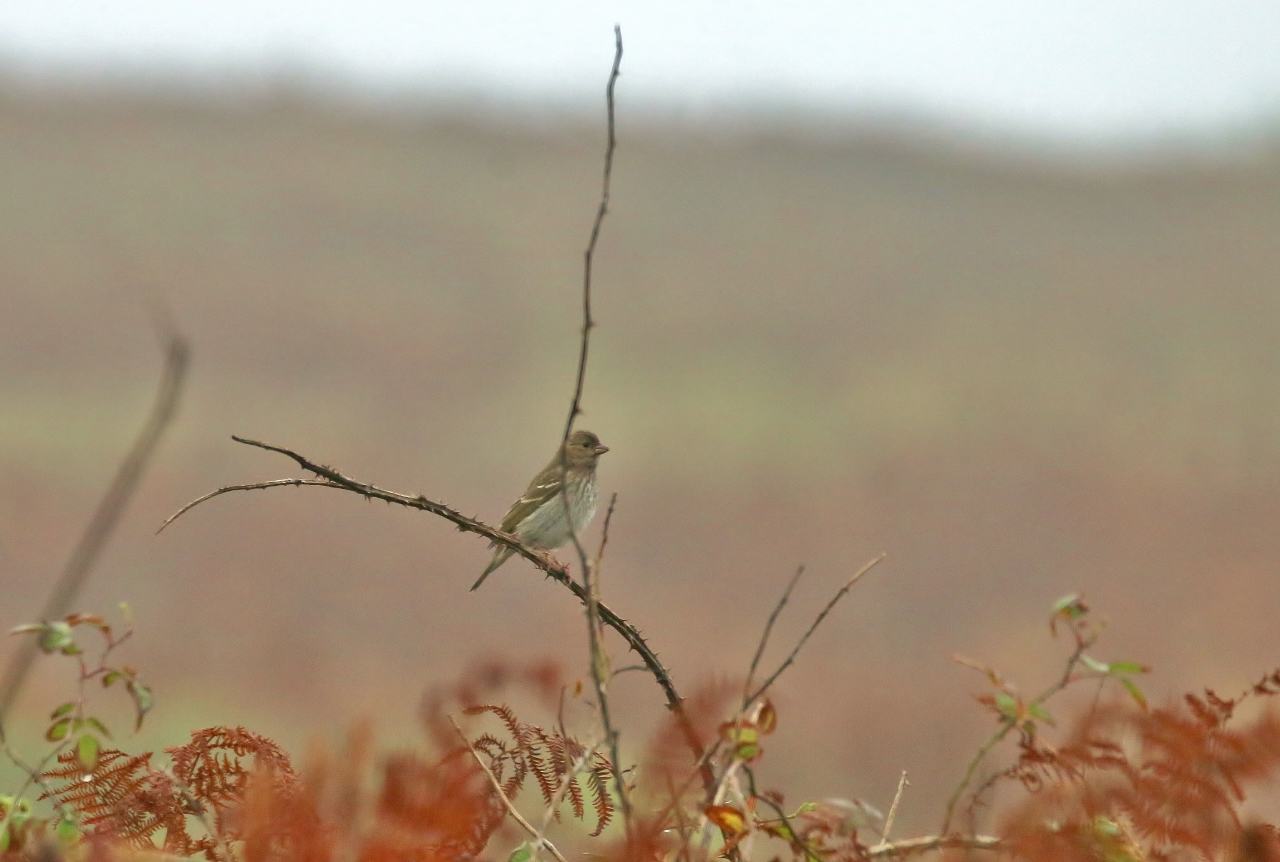
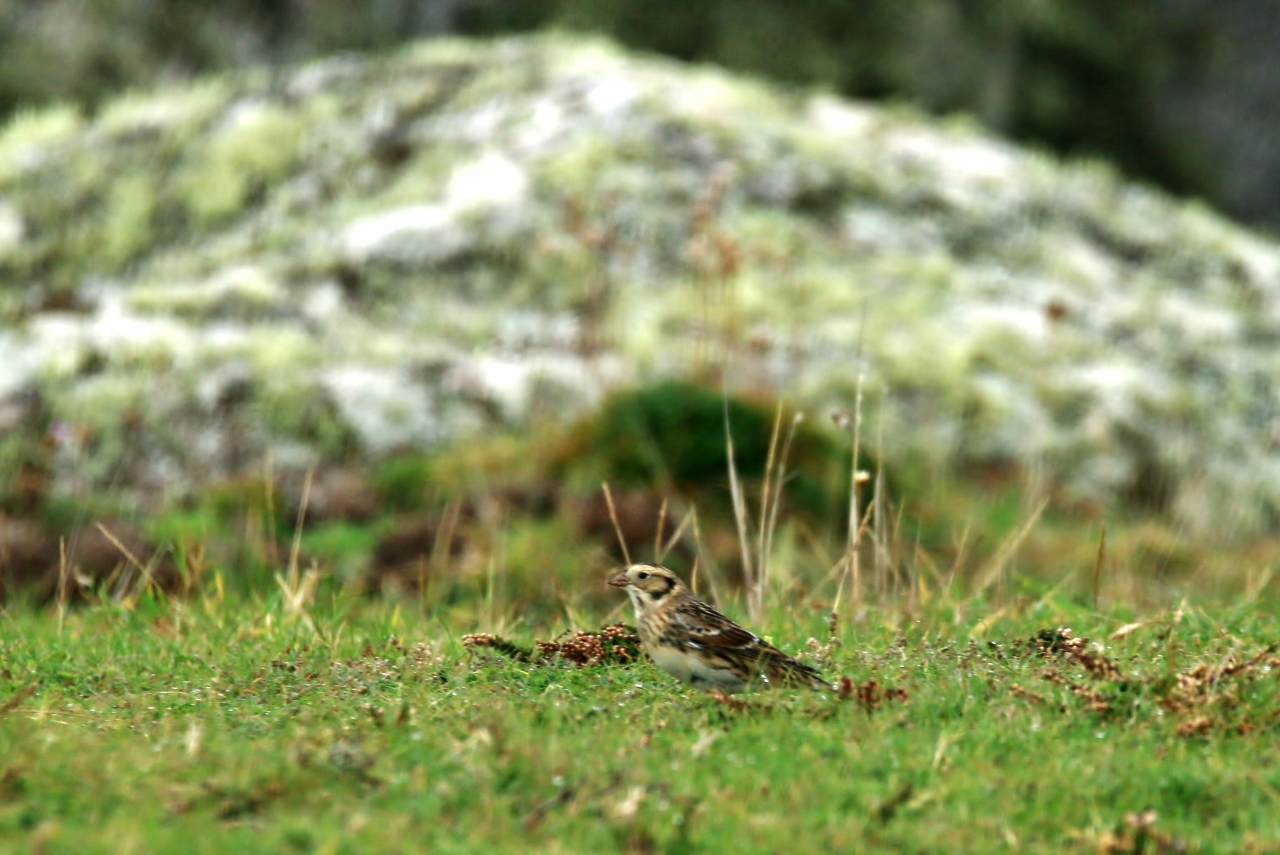
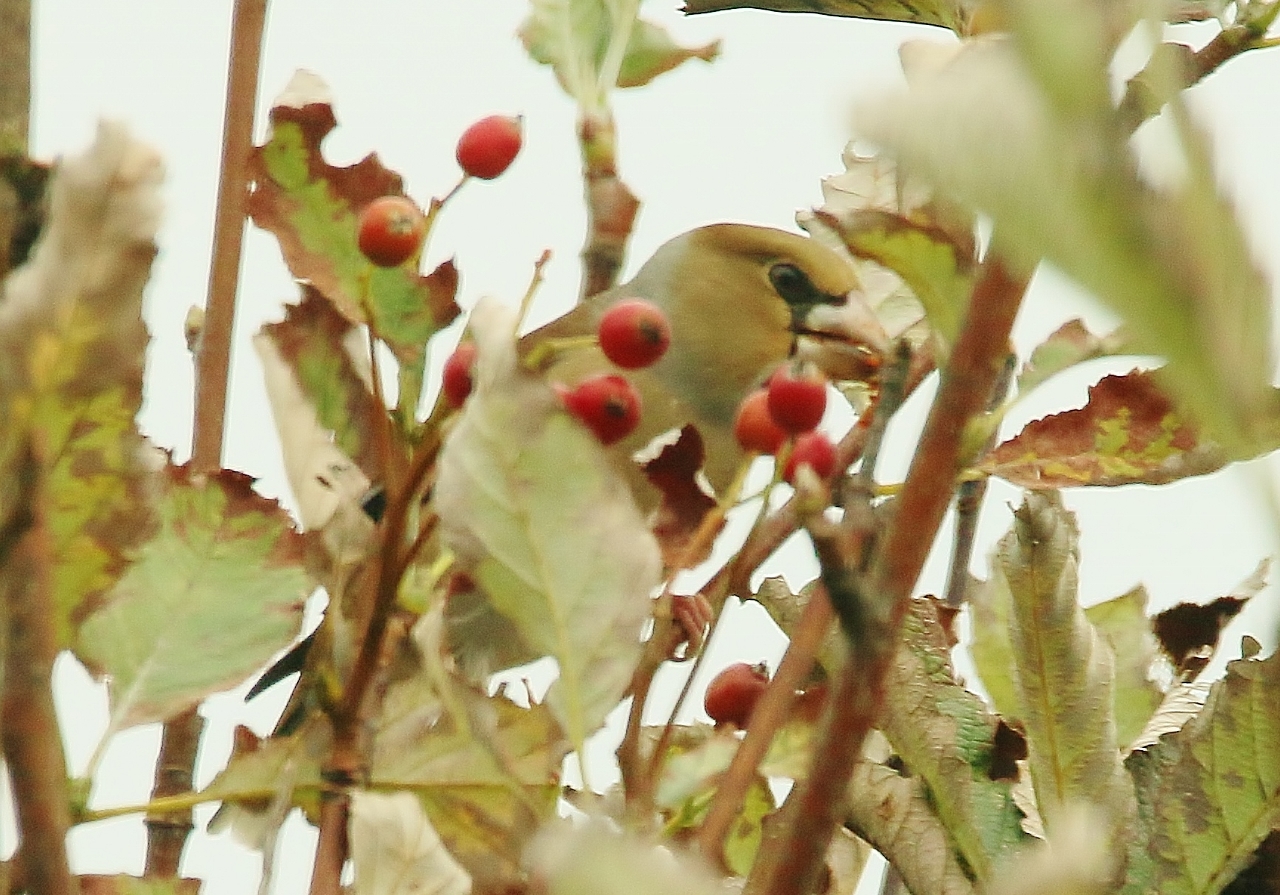
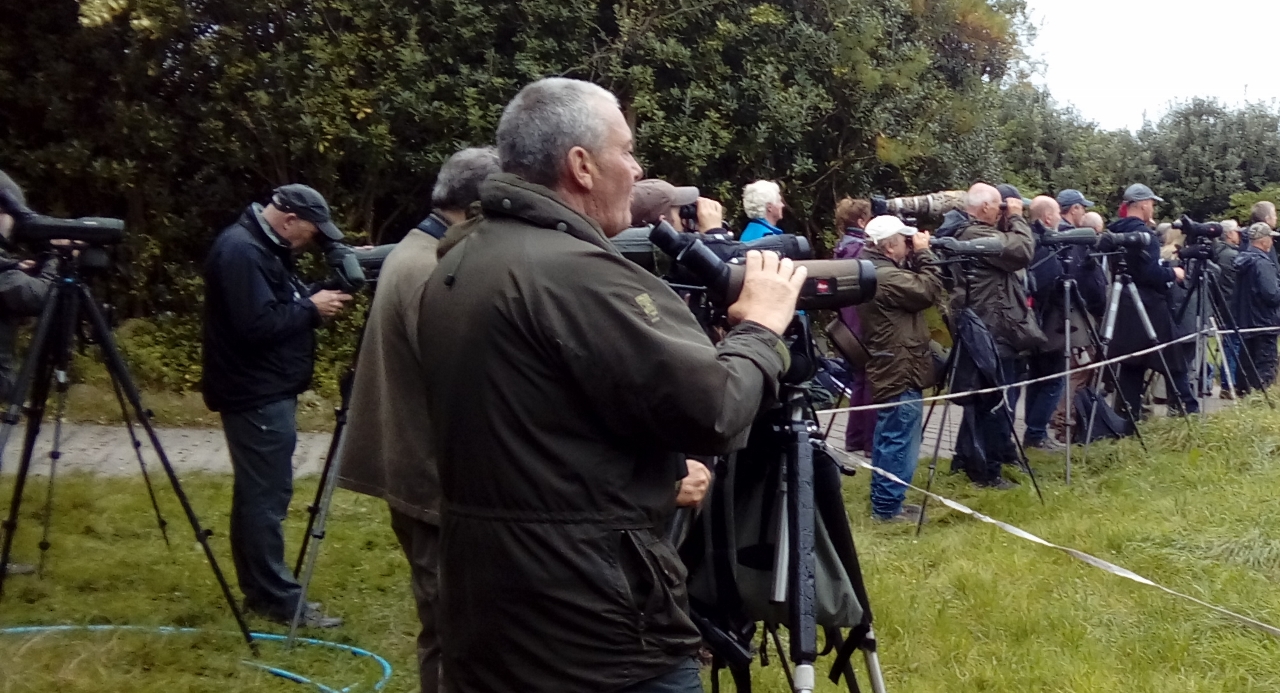
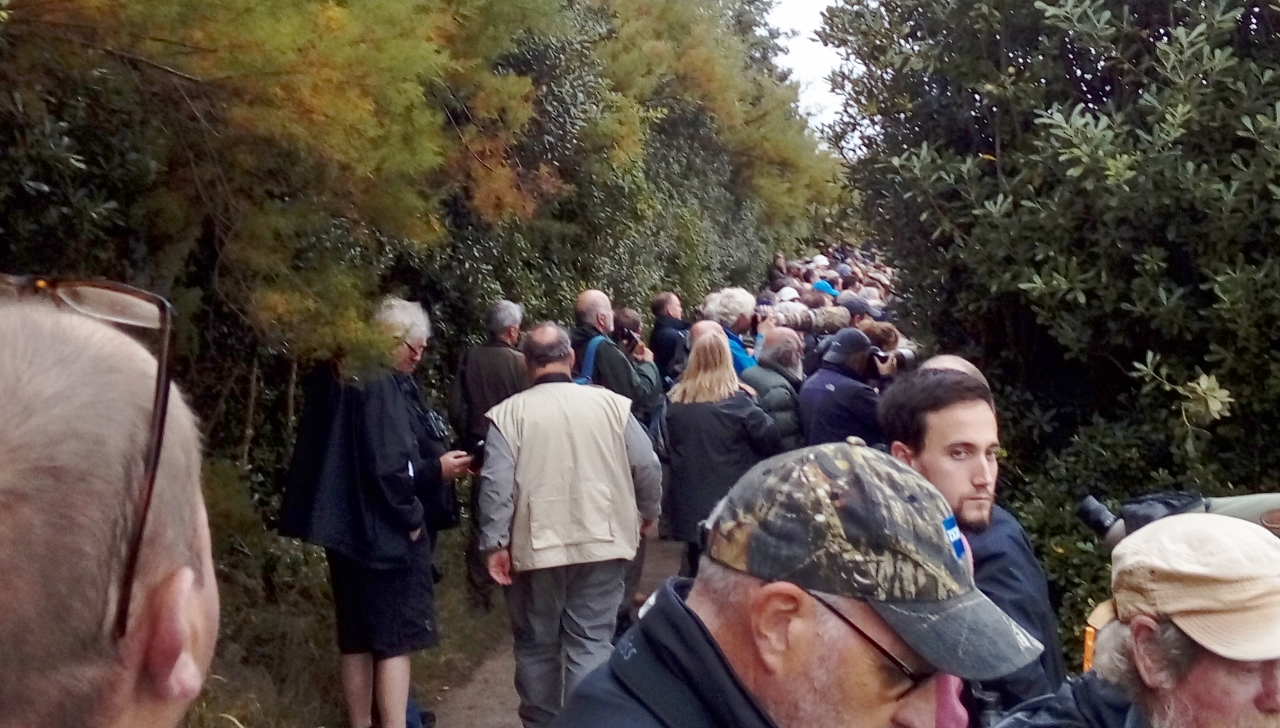


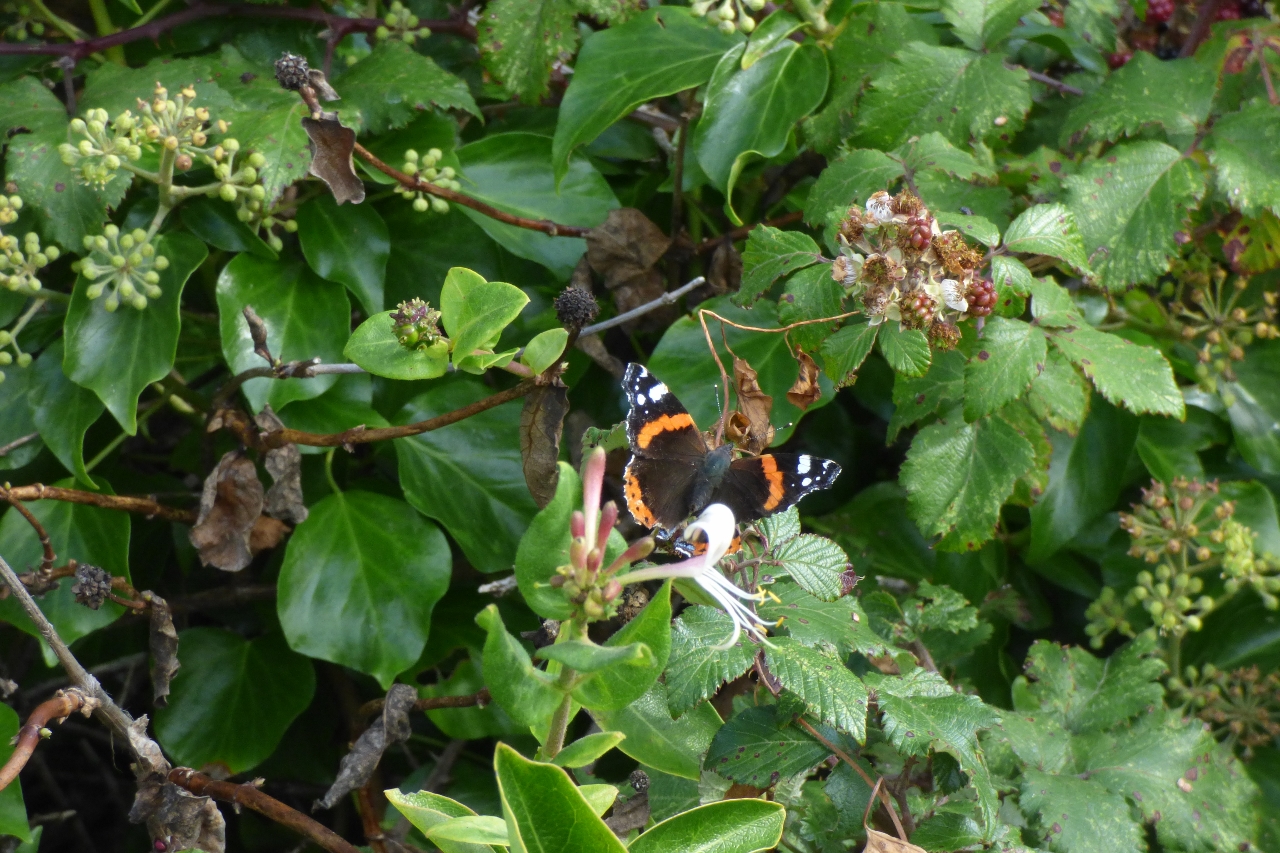
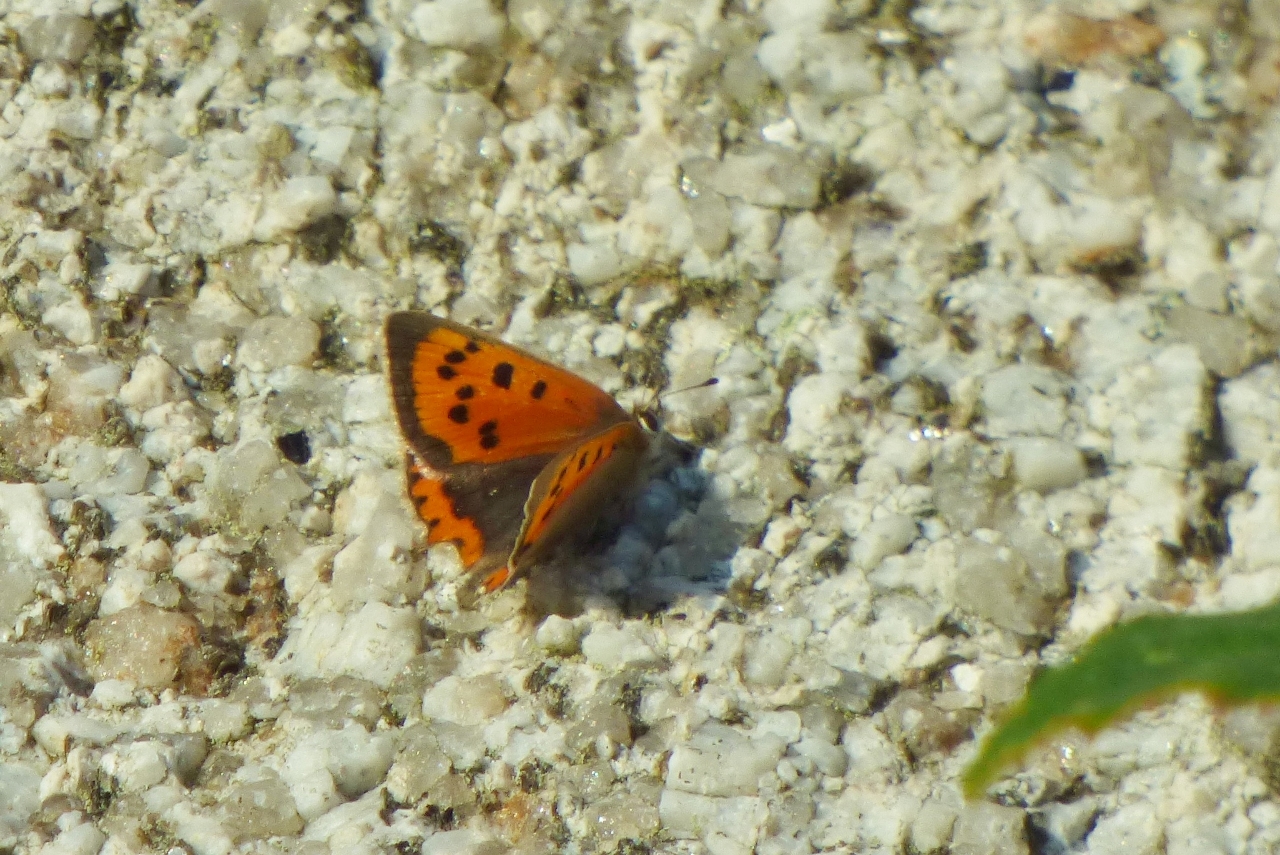




Recent Comments